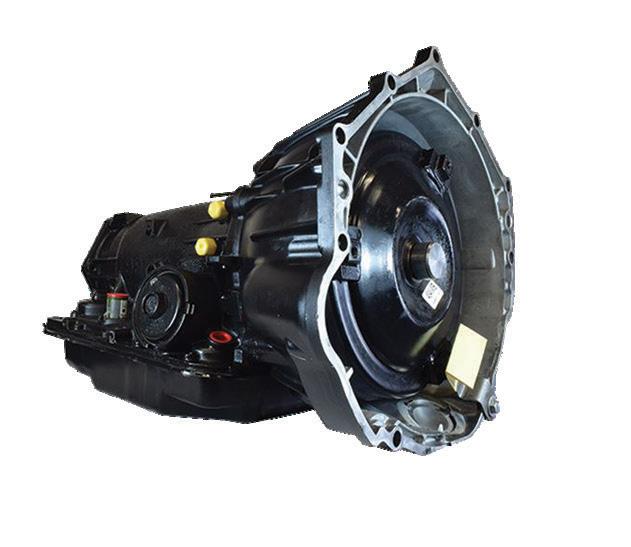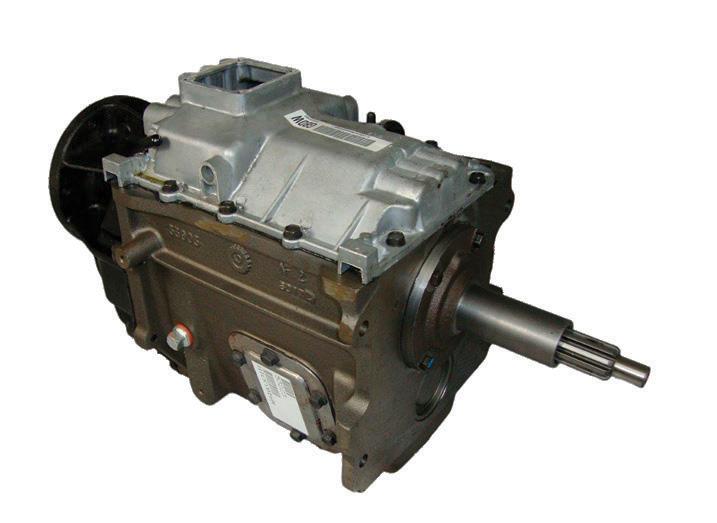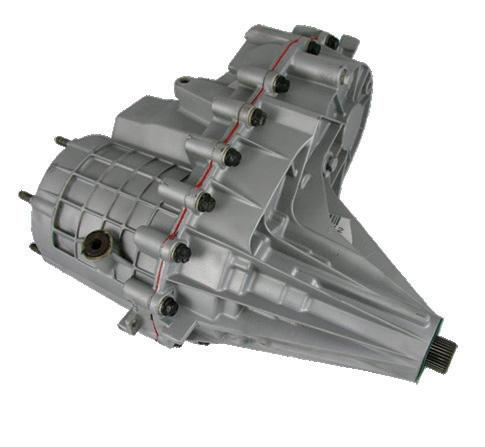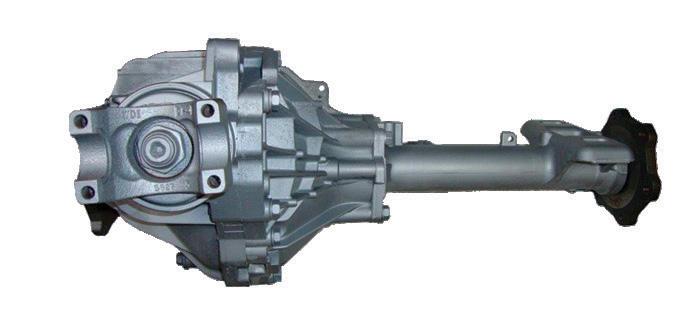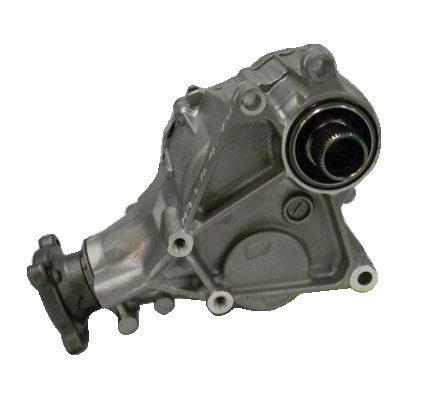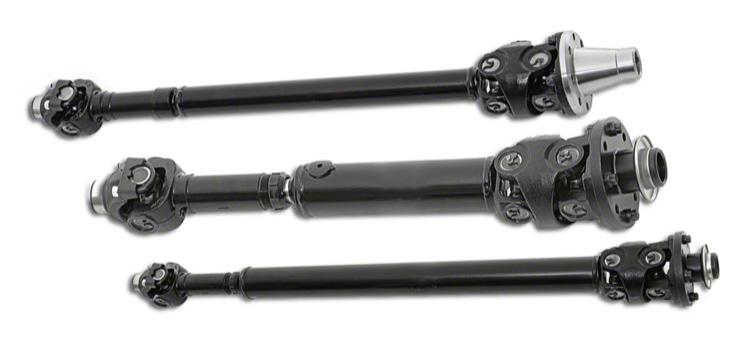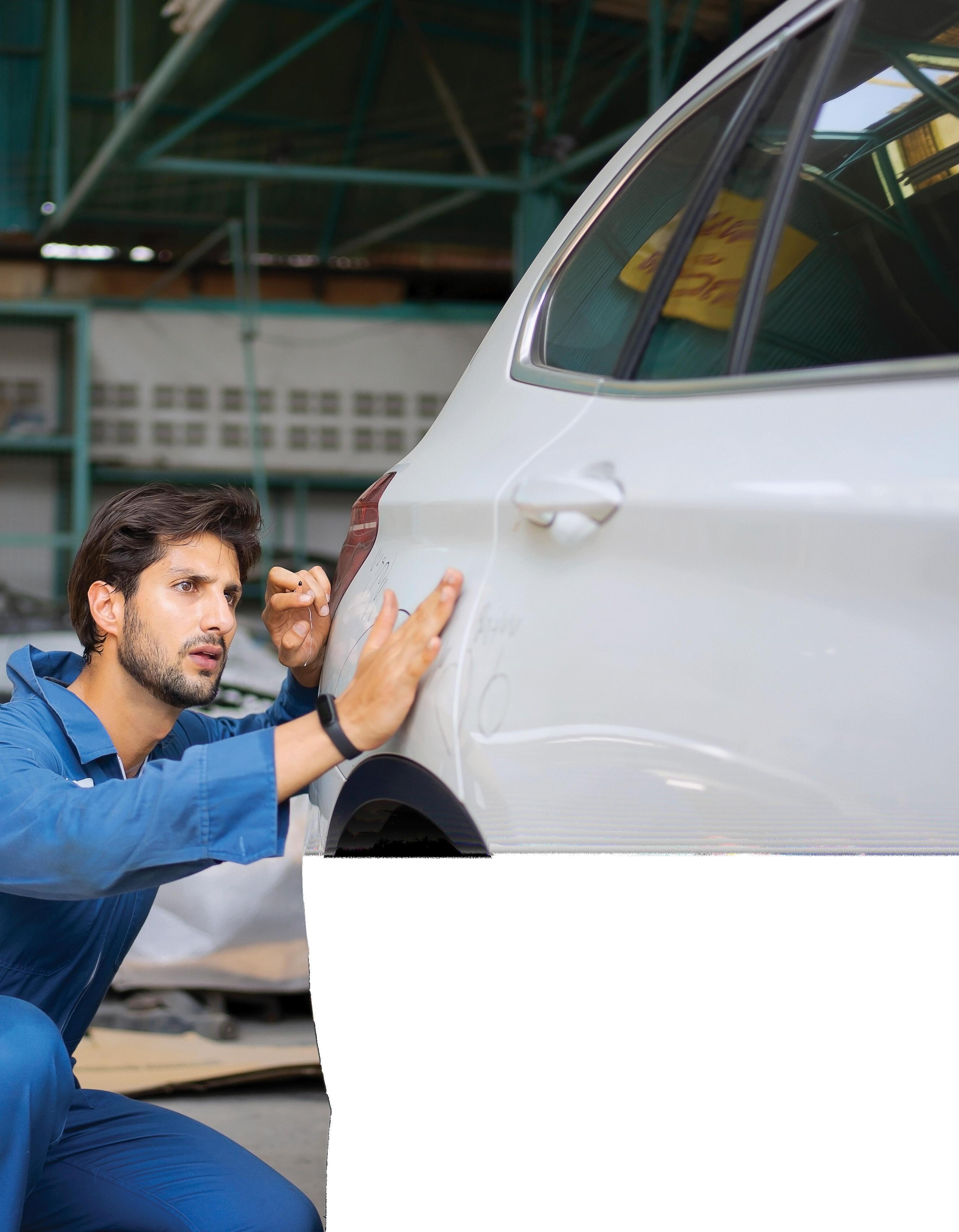
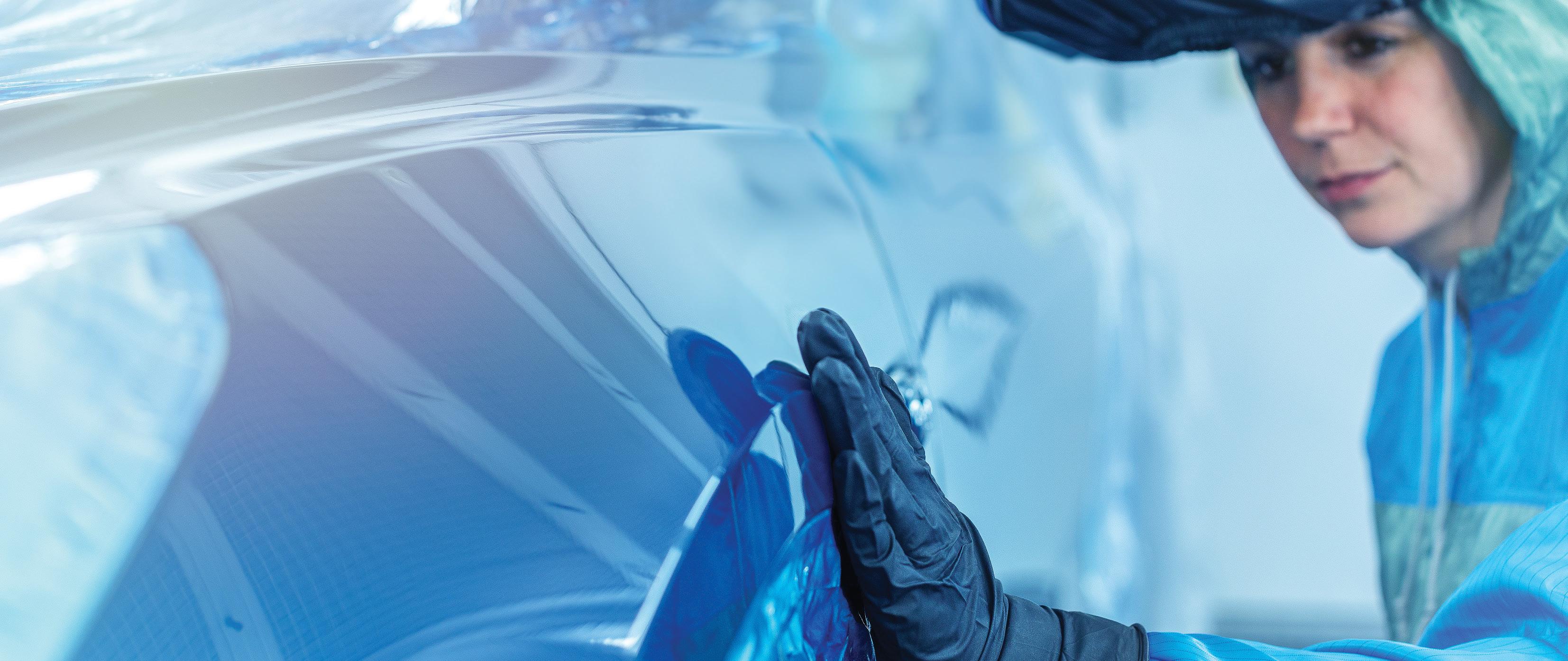
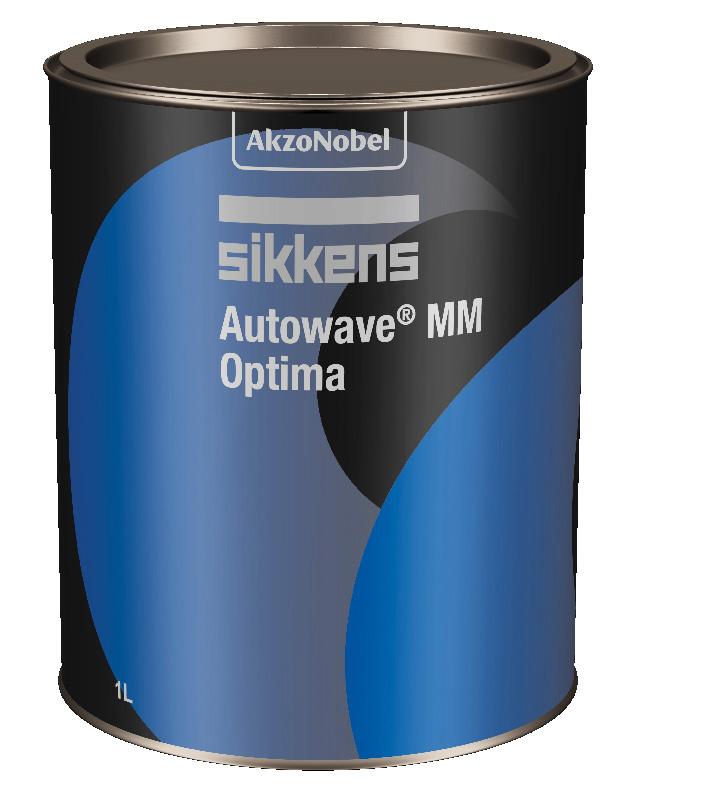




SAVE UP TO 50% PROCESS TIMES
Sikkens Autowave Optima delivers full hiding with just 1.5 coats of paint thanks to its high pigmentation. The one-stop application without flash-off between coats only requires the technician to go into the spray booth once, saving up to 50% process time compared to a conventional basecoat. This way, you can increase productivity and boost your body shop’s revenues.
For more information on how to multiply your productivity, please visit sikkensvr.com/autowave-optima
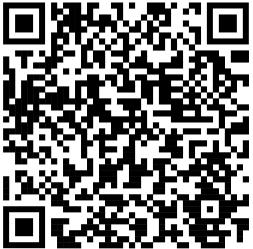

BOARD MEMBERS 2025 - 2026
PRESIDENT
Randy Notto
IMMEDIATE PAST PRESIDENT
Aaron Swanson
SECRETARY-TREASURER
Brandon Wistrom
COLLISION DIVISION DIRECTOR
Shannon Christian
MECHANICAL DIVISION DIRECTOR
Ashlan Kaplan
ASSOCIATE DIVISION DIRECTOR
Andrea Ossowski
COLLISION SEAT
Scott Miller
MECHANICAL SEATS
Dan Gleason
Greg Kasel
EXECUTIVE
Linden Wicklund
OFFICE MANAGER
Jodi Pillsbury
1970 Oakcrest Ave., Suite 102
Roseville, MN 55113
PHONE: 612-623-1110
FAX: 612-623-1122
aasp@aaspmn.org | aaspmn.org
4 Let’s Build Something Great Encouraging member involvement to make the industry even stronger.
5 Unspeakable Tragedy In Minnesota
A tragedy overshadows the outcomes of this recent legislative session.
6 30th Annual AASPMN Golf Outing Highlights
8 The St. Paul Saints are ready to swing for the fences!
Join AASPMN to cheer on the St. Paul Saints on Thursday, August 21st @ 7pm.
10 Vehicles’ Growing Parts
Appetite Boosts ICE Vehicle Aftermarket Growth
Tariffs on vehicle imports and assembly parts could affect the U.S. in a substantial way.
PUBLISHED BY:
Thomas Greco Publishing, Inc.
244 Chestnut St., Suite 202 Nutley, NJ 07110
PHONE: 973-667-6922
FAX: 973-235-1963 grecopublishing.com
PUBLISHER
Thomas Greco thomas@grecopublishing.com
SALES DIRECTOR
Alicia Figurelli alicia@grecopublishing.com
EDITORIAL DIRECTOR
Alana Quartuccio alana@grecopublishing.com
SENIOR CONTRIBUTING EDITOR
Chasidy Rae Sisk chasidy@grecopublishing.com
OFFICE MANAGER
Donna Greco donna@grecopublishing.com
PRODUCTION COORDINATOR
Joe Greco joe@grecopublishing.com
AASPMN
CCC R1234yf refrigerant update, Mitchell
AC Refrigerant Capacities and more.
AASPMN introduces two new member benefit programs to assist AASPMN members with everything insurance and building and construction needs.
Learn about AASPMN member benefits, services and programs.
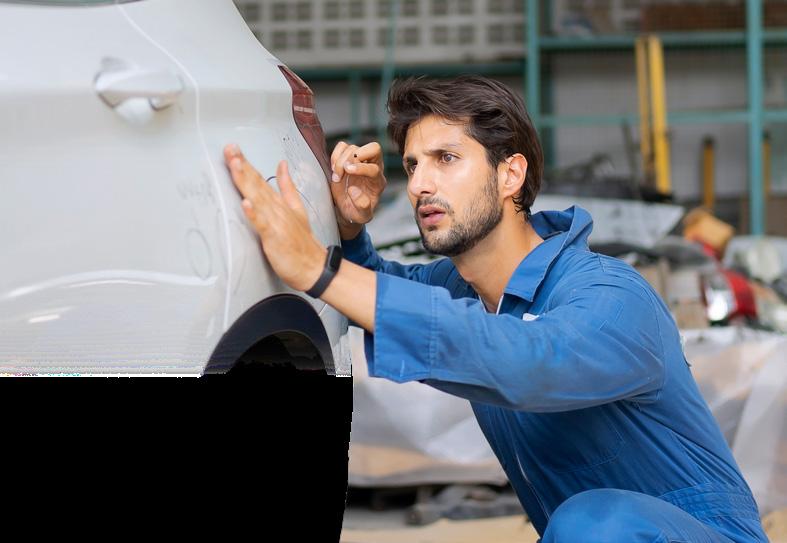
18 Don’t Slip. Don’t Trip. Don’t Fall.
Taking steps to avoid injury in the shop and make workers more efficient.
Exploring the legalities behind the unsettling practice of partial repair.





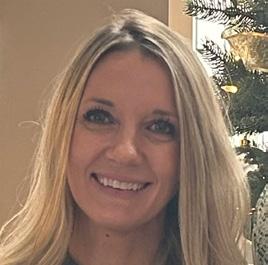
by Andrea Ossowski, Associate Division Director
to the automotive service industry, joining the AASPMN Board of Directors is both an honor and a responsibility I take seriously. My passion for this industry is rooted in the people who make this profession what it is – hardworking shop owners, technicians, service advisors, distribution and support teams – all of whom keep the industry moving in Minnesota.

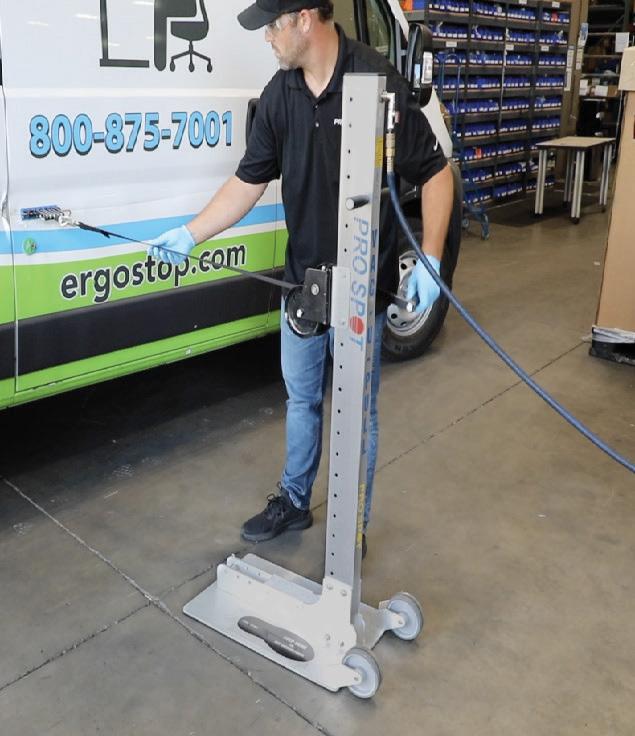
I’m Andrea Ossowski with Blue Rock Refinishing Solutions out of Roseville, MN. We have two other locations in St. Cloud, MN and Little Rock, AR. I’ve been working in the automotive service world for 18 years. I got my start in 2007 with 3M in the Automotive Aftermarket Division as a sales representative based in Greenville, SC. I returned to Minnesota in 2009 and started managing the Meguiar’s product line for 3M in multiple states. I decided to join my family’s business in 2013, working alongside my dad and brother. Over time, I’ve grown not only in skill, but in appreciation for what this profession means to our communities.
In addition to my work at Blue Rock, I am also a wife of 16 years and a mom to two amazing girls. They are my
1.
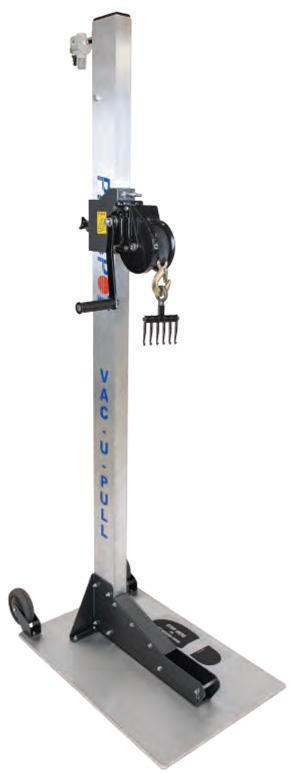
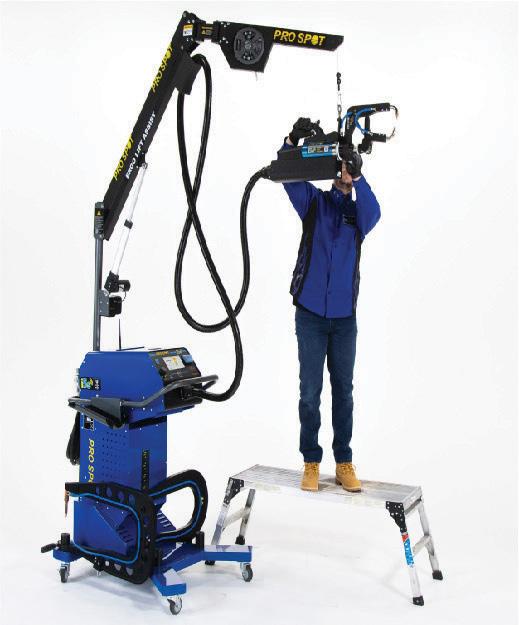
established and emerging professionals in our field. I joined because I want to help move our industry forward and make a real difference for the people working hard in it every day. Here’s what I’m passionate about:
We need more young people entering this field, plain and simple. I want to support initiatives that connect schools, students and businesses – programs that inspire young people to consider a career in automotive and give them the tools to succeed. It’s not just about filling jobs, it’s about informing kids that there’s pride, purpose and a future here.
2. Training and Technology Access
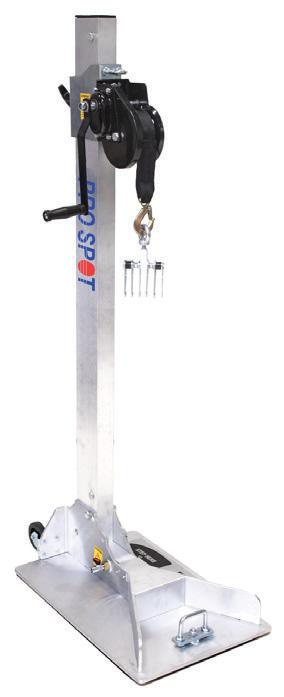
As vehicle systems grow increasingly complex and at a rapid pace, so too must our technical training. I’d like to help expand access to cutting-edge educational resources and workshops that keep our members competitive and confident in their work.


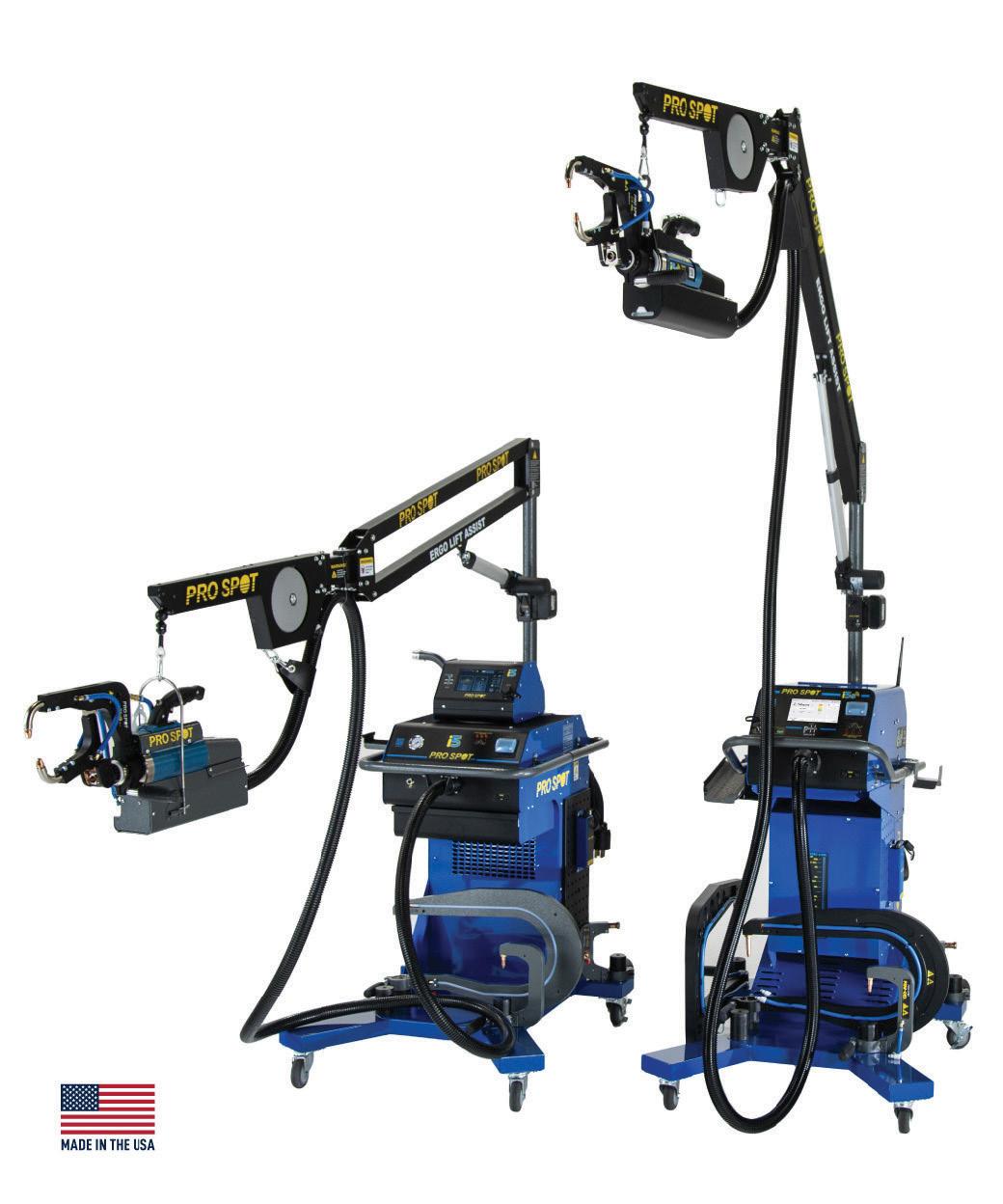

While it is important to sort out what happened during the legislative session and the special session, the actions of a deranged man have overshadowed those details. In the early morning hours of June 14, a masked gunman visited the homes of several DFL lawmakers. He took the lives of DFL Speaker of the House Melissa Hortman and her husband Mark. He also shot and wounded DFL Senator John Hoffman and his wife Yvette. At the time of this writing, they are miraculously expected to survive.
I do not have the words to express my sorrow for this unspeakable act. It is hard to fathom how something like this could happen in our state, but it has happened, and the fallout will last for years to come. How this impacts the legislature and the operation of state government moving forward is yet to be seen, but I think it’s safe to say there will be changes in the dayto-day operations of the legislature, as well as in how lawmakers interact with each other and the public.
I wish I had words of comfort to share, but right now we are all in shock that something like this could happen here.
Three weeks after the 2025 legislative session ended, the legislature held a one-day special session to take up and pass the remaining pieces of the state’s biennial budget and avert the looming partial government shutdown that would have started July 1. With the most evenly divided legislature possible, legislative leaders had to navigate a 67-67 split in the Minnesota House of Representatives and a one vote (34-33) Democratic majority in the Senate to secure bipartisan support for each of the various omnibus finance bills required under the Minnesota Constitution. Legislators had to seek bipartisan (and often unpopular) compromise, and many legislators expressed frustration with proposals they eventually voted to support.
The bipartisan agreement to hold a one-day special session on June 9, 2025 left legislators just under 24 hours to debate and vote on the 14 bills agreed upon by leadership. In the end, legislators found a path forward and sent a $66 billion biennial budget that funded all areas of state government to Gov. Tim Walz and averted a government shut down.
The overall budget is an eight percent decrease from previous biennium spending, as legislators sought to get ahead of the budget deficit looming in the next biennium. The 2025 omnibus finance bills lessen the
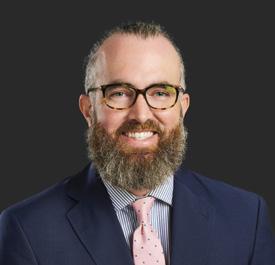
by Sam Richie, AASPMN Lobbyist
gap between revenue and spending in FY 28-29 by 45 percent and leaves approximately $1.9 billion on the bottom line at the end of the biennium to help cover the state costs in the next biennium. The state budget outlook still predicts a deficit for FY 28-29, even with reductions made this legislative session. However, current projections will change significantly based on the economy and federal budget, which means the legislature could be back next session to pass an additional supplemental budget.
In addition to the nine omnibus finance bills, the omnibus tax bill, and the omnibus capital investment bill, two other legislative proposals passed as “stand alone” bills due to the controversial nature of the topics and the complexity of the legislative negotiations. Many legislators wanted to vote for the overall omnibus bills that would have carried the legislation but were
continued on pg. 20
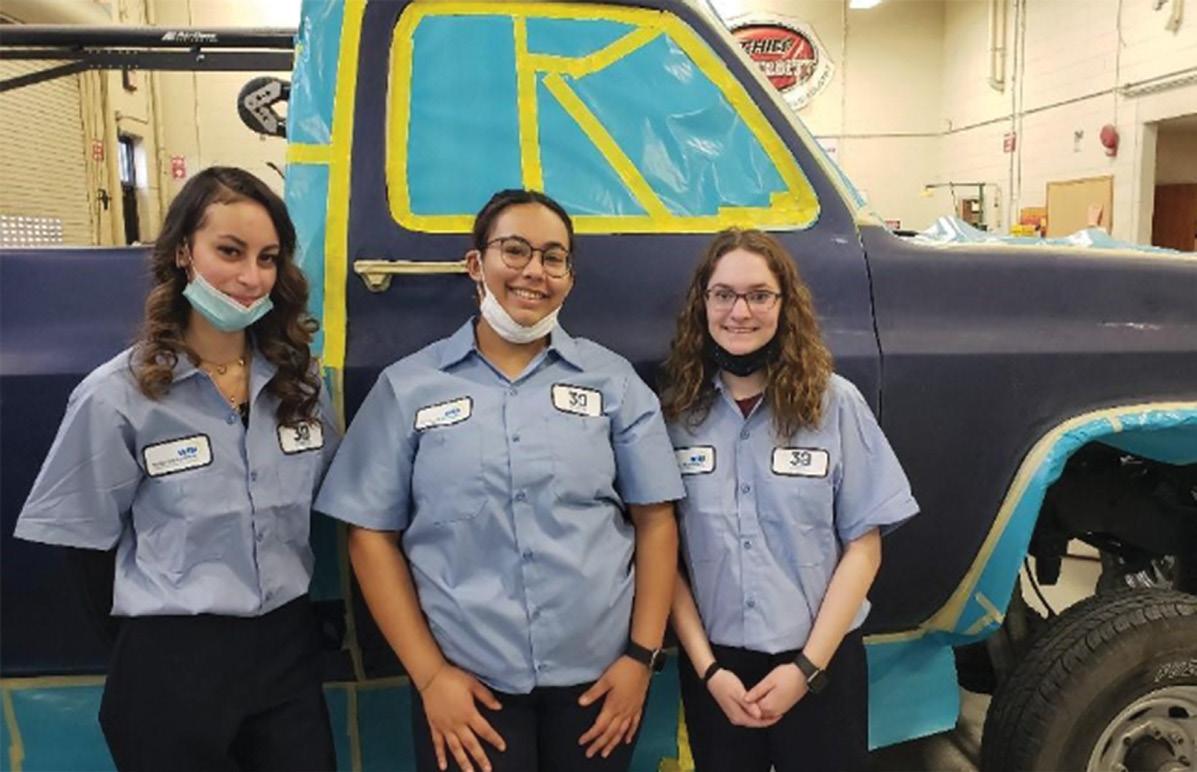
WIN offers education, mentoring and leadership development opportunities to build critical skills for success in the collision repair market.
• Local/Regional Networking Events
• Annual Education Conference
• Educational Webinars
• Mentoring Opportunities
womensindustrynetwork.com
• Scholarship Program
• School Outreach Program
• Most Influential Women (MIW) Award
On Wednesday, June 18th, 133 golfers and 21 sponsoring companies enjoyed a beautiful day while golfing and socializing at the 30th Annual AASPMN Golf Outing at Majestic Oaks Golf Club in Ham Lake.
The competition was tough, but the teamwork of the following golfers earned them the first place trophy with a score of 14 under par. They were: Bob Auman (LKQ), Dustin Warren (AkzoNobel), Steve Widen (You Certified Collision Network) and Steve Daniels (LaMettry’s Collision).
The second place team came in at 13 under par. They were: Paul Yager, Kyle Knuth, Brad Corrao and Steve Willey. Congratulations to Shannon Christian, who won AASPMN’s split the pot raffle, taking home $700! Proceeds from the raffle support AASPMN’s Education Fund, which provides scholarships to first and second year auto service and collision repair students attending Minnesota’s automotive technical programs.

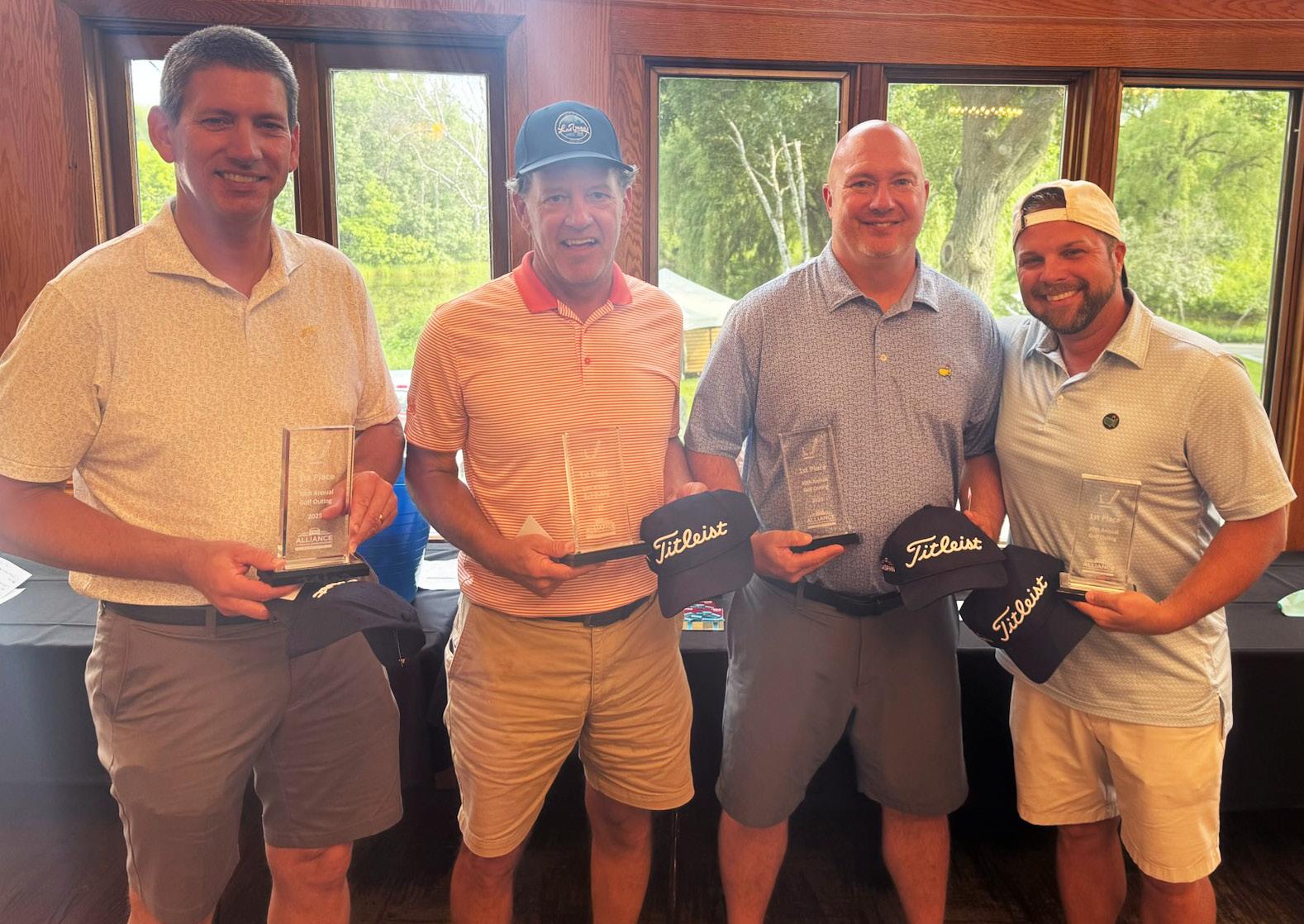
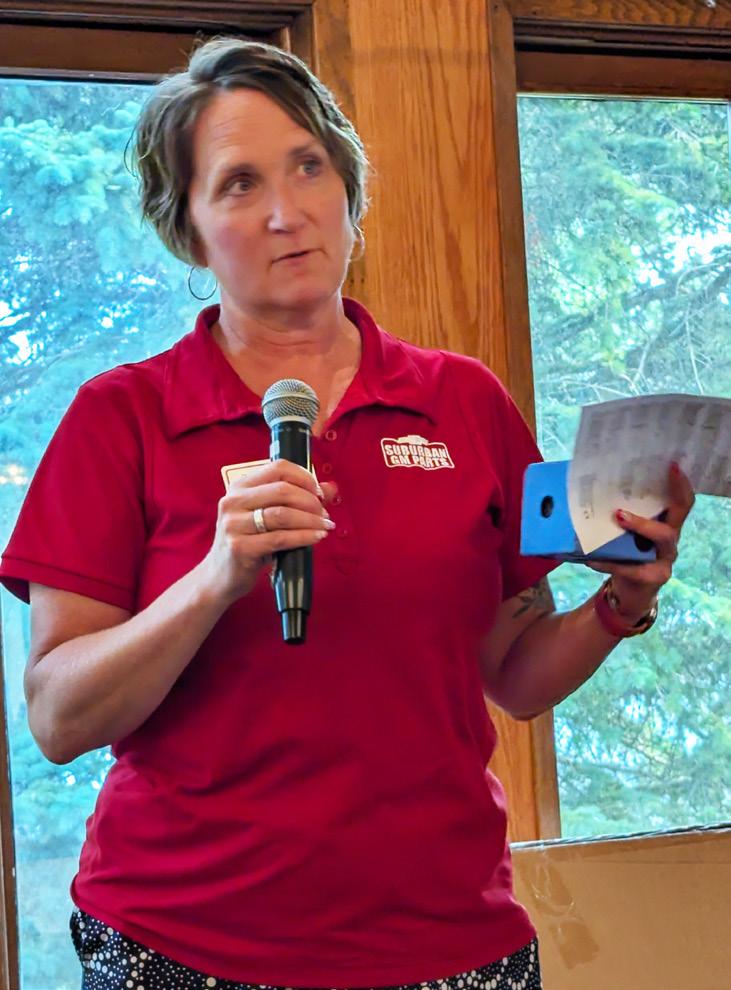

(L to R): AASPMN Executive Director Linden Wicklund thanked the 133 golfers and 21 sponsoring companies for making the event a huge success; Brandy Wefel (Suburban GM Parts) announces the winner of their yard dice game; Jim May and Rachel Dirks (Lube Tech) award door prize drawings to attendees.
Northern MN Collision Shop Meeting
1st Tuesday Each Month, 6 - 8pm TBA Northern MN
Southern Metro Collision Shop Meeting
1st Wednesday Each Month, 8 – 9:30am MN ADAS, Bloomington
Central MN Area Collision Shop Meeting
2nd Wednesday Each Month, 7:30 – 9:30am
APH Headquarters, St. Cloud
Mechanical Zoom Meetup
3rd Tuesday Each Month 9 - 10am
Collision Zoom Meetup
3rd Thursday Each Month, 9 - 10am
A Night Out with the St. Paul Saints August 21
CHS Field, St. Paul
THANK YOU AASPMN 2025 SPONSORS!
LKQ Minnesota
Lube-Tech
Optimize Digital Marketing
GOLD
3M
Auto Value/Benco Equipment BASF
NCS/Single Source
PPG Automotive Finishes
SILVER
Axalta Coating Systems
Colonial Life Enterprise Mobility
O’Reilly Auto Parts
Sherwin Williams
Suburban GM Parts
Vestis
aaa Auto Parts
Apple Ford White Bear Lake
C.H.E.S.S.
Dentsmart PDR
Gallagher
Heartman Insurance
Langer Construction
Precision Diagnostics
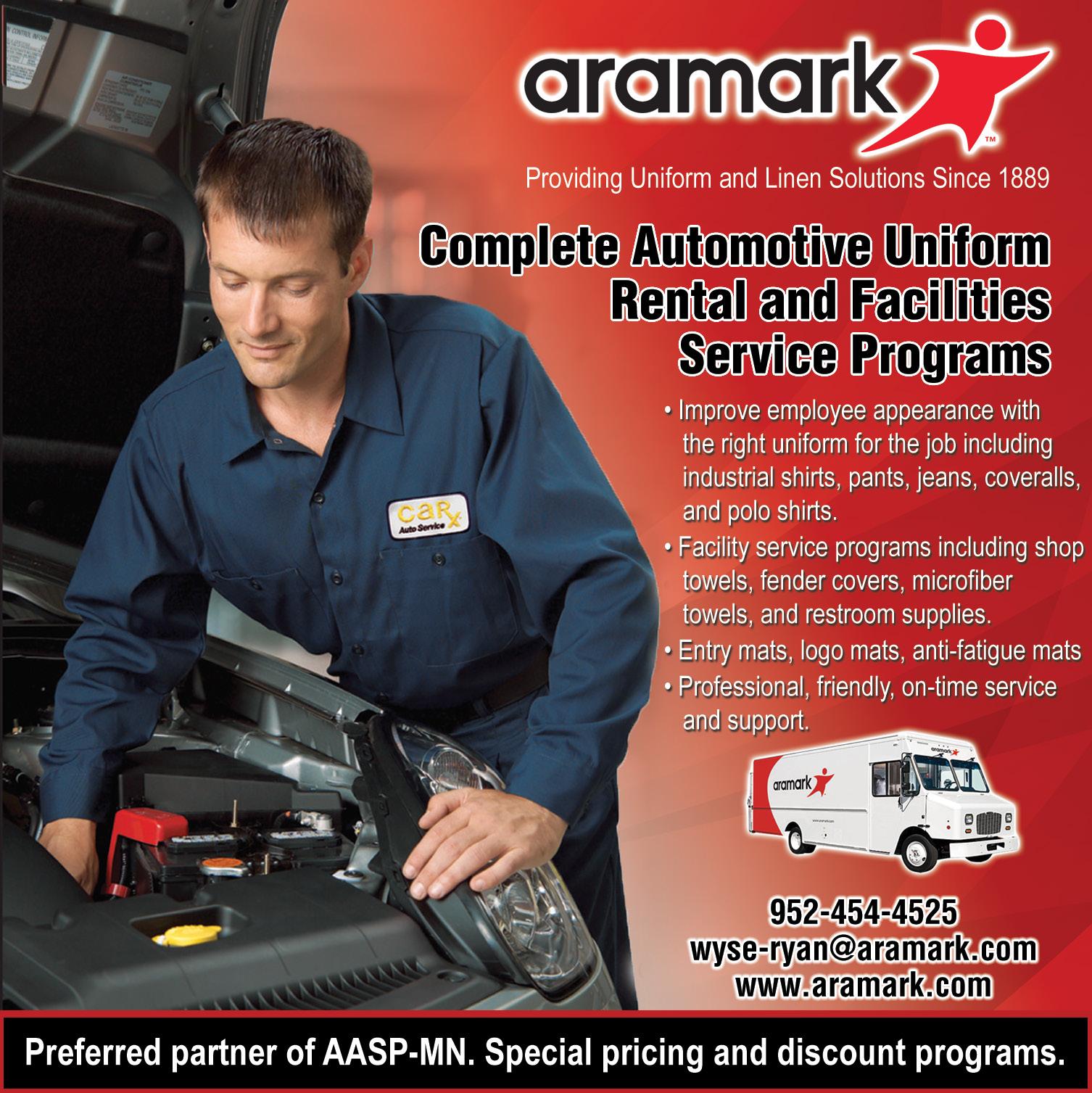
Midwest Teachers of Transportation and Industrial Areas (MTTIA) Annual Conference will take place August 5-7, 2025 at Central Lakes College in Brainerd, MN.
This is THE conference for Minnesota transportation teachers. It’s a great opportunity to connect with technical college educators from across the state, all in one place.
This conference is dedicated to advancing the professional development of high school and college transportation educators from Minnesota, Wisconsin, Iowa, North Dakota and South Dakota. It’s a valuable opportunity to support the educators shaping the future of the transportation workforce while showcasing their organization to a dedicated audience.
Participation in the conference as a sponsor or exhibitor provides a platform to build meaningful connections with over 100 automotive, auto body and
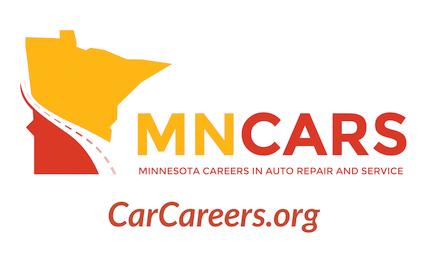
diesel instructors across the Midwest. It’s an opportunity to share programs, products and services while gaining recognition as a leader and partner in transportation education. Benefits of participation include fostering relationships with conference attendees, promoting one’s organization to a diverse group of professionals and leaving a lasting impression on educators and industry peers alike.
The trade show, a highlight of the conference, will take place on Wednesday, August 6 from 4pm to 5:30pm. This is a prime opportunity to connect with educators and other industry professionals to share how one’s organization can support their work and inspire future transportation leaders.
Register by July 11. For more information, please visit mttia.org/tradeshow
MNCARS is a non-profit organization established in 2016 by AASPMN. Its sole purpose is to promote careers in the automotive industry, recruit young people into the state’s college-level automotive service and collision repair programs and, ultimately, into industry workplaces.

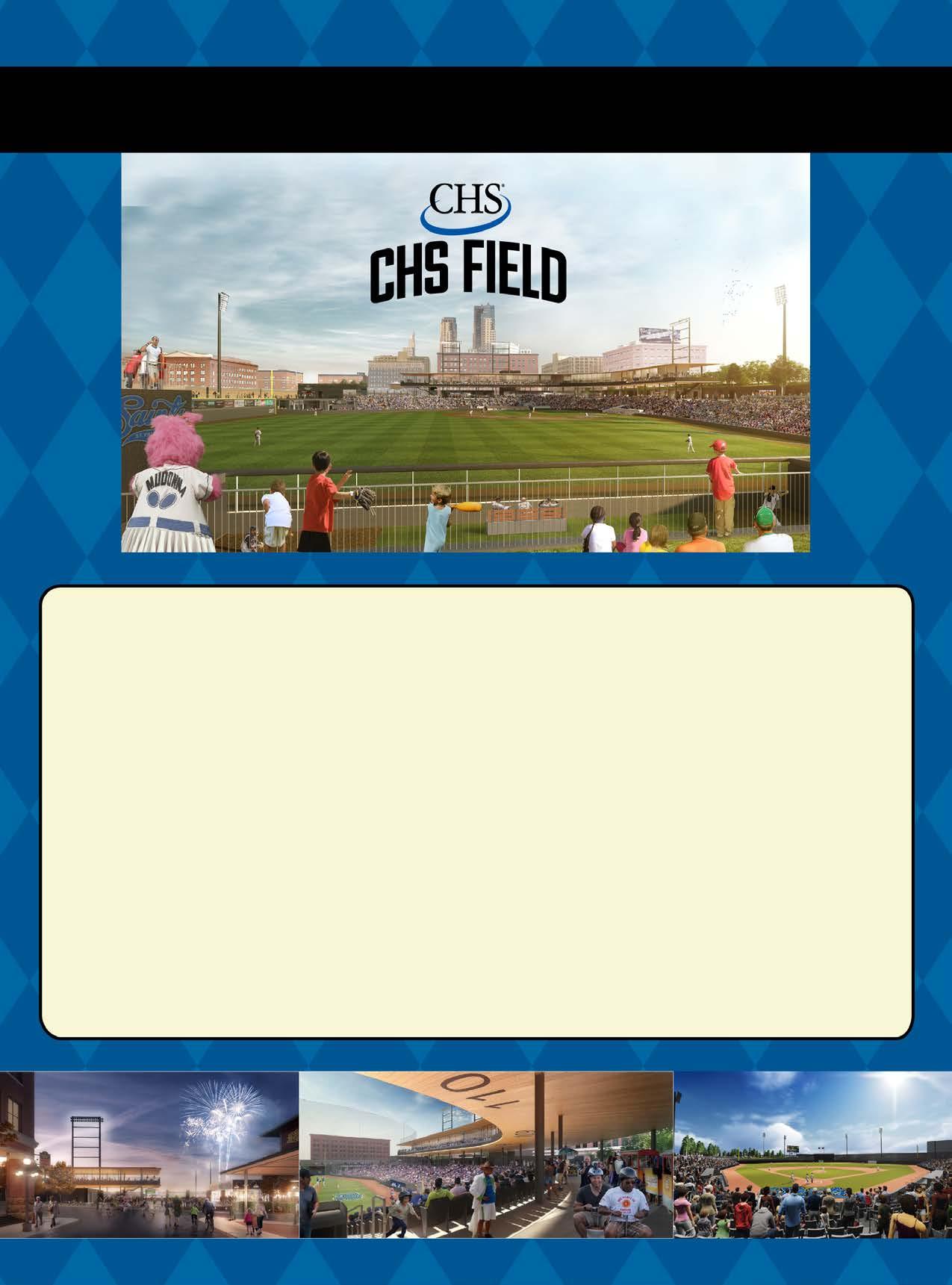


A MESSAGE FROM AASPMN continued from pg. 4
One of AASPMN’s greatest strengths is its ability to bring people together. I’d love to strengthen that sense of community with new ways of connecting members with shared challenges and goals. We’re all better when we learn from each other.
From legislation that affects our day-to-day operations to public perceptions of what we do, advocacy matters. I plan to support efforts that raise the profile of our industry and ensure our voices are heard at the local and state level.
I’m here to listen, learn and work. If you’re a member, I hope you’ll reach out. If you’re not yet, I encourage you to get involved – you won’t regret it. The more we show up for each other, the stronger our industry becomes.
Help us create stronger laws to better protect your customers
Are you unhappy with how your insurance company is handling your claim?
Over 200 people in 74 cities have utilized the information below this year to file a complaint with the MN Department of Commerce. The more customers that complain, the stronger the laws that get passed! Cut out the graphic below, give it to your customers, and urge them to speak up!
● Refusing safety repairs?
● Underpaying your claim?
Are you unhappy with how your insurance company is handling your claim?
Thanks for trusting me to represent you on the AASPMN board. Let’s continue building something great together.
● Refusing safety repairs?
● Underpaying your claim?
● Lack of responsiveness?
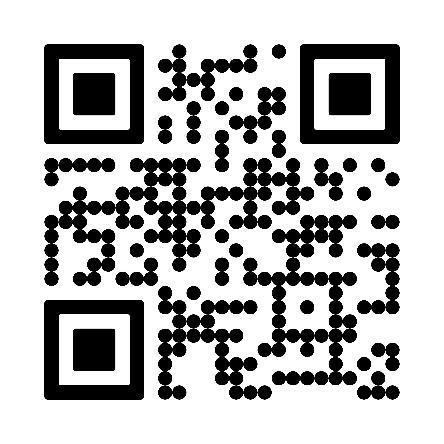
651-539-1600
Mn gov/commerce CUT THIS OUT & GIVE IT TO YOUR
● Lack of responsiveness?
• Refusing safety repairs?
• Underpaying your claim?
to share your experience!
• Lack of responsiveness? SCAN TO SHARE YOUR EXPERIENCE! The Minnesota Department of Commerce wants to hear from you! Auto insurance is expensive and the people inside your vehicle are not replaceable. 651-539-1600


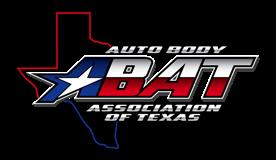

Luckily for aftermarket growth, light vehicles’ average annual product use in the U.S. has increased significantly over recent years, as the growth of the VIO (vehicles in operation) sputtered and COVID-19 slashed a double-digit decline into aftermarket product 2020 sales.
In 2021, the annual product use per vehicle surged, powering a strong rebound from the aftermarket plunge of the previous year. Preliminary analysis by Lang Marketing indicates that product use per vehicle increased again last year, reaching a record-high level.
The annual product use of cars and light trucks has been shifting for many years. During 2009, the typical light vehicle on U.S. roads used just over $355 of aftermarket products at user-price, much less than in 2000.
This reflected the historic impact of the 2008 Great Recession on miles driven and vehicle repair, which plunged at rates not seen in decades.
Following the 2008 Great Recession, aftermarket product use per vehicle began to climb slowly at first, but steadily built momentum. The product volume per car and light truck averaged $368 during 2010, at user-price, up from $355 the previous year.
By 2016, the average light vehicle in the U.S. consumed $408 of products at user-price, about 15 percent over 2009.
Aftermarket product volume per vehicle plateaued from 2016 through 2018, followed by a 2019 surge. However, things changed abruptly the following year.
COVID-19 caused a double-digit decline in aftermarket product sales during 2020 as Americans significantly cut back on driving and vehicle repair.
VIO growth virtually ceased for the year, and aftermarket product use per vehicle plunged nearly 10 percent.
Aftermarket product volume per vehicle rebounded sharply in 2021, matching the 2019 pre-COVID levels. Preliminary findings by Lang Marketing indicate that product use per vehicle recorded a gain in 2024, producing an aftermarket product volume increase that significantly topped the annual pace of VIO growth.
Four factors are boosting annual aftermarket product use per light vehicle: higher vehicle age, mileage redistribution by vehicle age, light truck growth and more foreign nameplates on the road.
Not all miles generate the same aftermarket product volume. Older cars and light trucks average more product use per mile than newer models.
The steady increase in vehicle age and the growing number of cars and light trucks in older age categories across the U.S. have helped boost the annual product use per vehicle.
Vehicles under four years old average approximately 35 percent more annual miles than older cars and light trucks. When new vehicle sales fall, mileage shifts from newer to older cars and light trucks, which use more products per mile. This increases the annual product use per vehicle.
Between 2020 and 2024, annual new vehicle sales have averaged about two million units below the recordhigh sales volume levels from 2015 through 2019. This reduction in new vehicle sales has redistributed heavy driving across older age categories of cars and light trucks.
Light trucks average greater annual aftermarket product volume than cars, controlling the age of vehicles. Heavy accessory purchases significantly contribute to light truck product use. In addition, light trucks tend to use more expensive aftermarket components than passenger cars, e.g., drivetrain components associated with four-wheel drive and off-road use, along with many other parts with similar price differences. This increases the average cost of products used per vehicle.
The growing light truck share of new vehicles and the nation’s VIO have helped boost the average vehicle’s aftermarket product use.
Foreign nameplates generally average higher aftermarket product volume than domestic nameplates. This is caused by their greater percentage of DIFM than DIY repair, and concentration in the vehicle-repair sweet-spot. The higher average prices of aftermarket products for foreign nameplates compared to domestic cars and light trucks also increases the average cost.
The steady increase of foreign nameplates as a share of new vehicle sales and the nation’s VIO will help to boost aftermarket product use and cost per vehicle in the coming years.
Lang Marketing projects that the nation’s changing VIO in terms of vehicle age, mileage shifts to older vehicles, and the growing numbers of light trucks and foreign nameplates on U.S. roads will help increase the average product use and cost per vehicle over the next five years.
This will boost aftermarket volume growth even if the VIO expansion remains lackluster, a likely outcome of the current anemic level of new vehicle sales, which is expected to continue for some time.
Each of the four factors examined above is boosting aftermarket product use of ICE vehicles (including hybrids), which constitute virtually all the nation’s older vehicles (especially those topping four years), light trucks, and foreign nameplates.
Accordingly, the ICE aftermarket will greatly benefit from the increasing average annual use of repair and maintenance products by the nation’s cars and light trucks. This will continue for the next five years and beyond.
• Aftermarket product use per light vehicle has varied significantly in the U.S. over the past two decades. Following the 2008 Great Recession (which caused a downturn in product volume per vehicle), aftermarket spending per vehicle began an upswing. By 2016, the average light vehicle in the U.S. used over $400 in products at user-price, topping 2009 by more than 15 percent.
• COVID-19 created a double-digit decline in 2020 aftermarket product sales, and aftermarket product
use per vehicle plunged by nearly 10 percent. Aftermarket product volume rebounded sharply in 2021, matching 2019 pre-COVID levels. Preliminary analysis by Lang Marketing indicates that aftermarket product use per light vehicle growth continued through last year.
• Four factors increased the annual product use of light vehicles: vehicle age, yearly mileage distribution by age, light truck growth and foreign nameplate growth.
• Lang Marketing predicts that increasing vehicle age, mileage shifts to older vehicles, and the growing number of light trucks and foreign nameplates on U.S. roads will continue to increase the average product use per vehicle over the next five years.
• Each of the four factors examined in this report is boosting the average annual use of aftermarket products by ICE vehicles. ICE vehicles, including hybrids, constitute virtually all of the nation’s older vehicles (especially those over four years old), light trucks and foreign nameplates.
• See the all-new 2026 Lang Aftermarket Annual, which is now available electronically, for a 10-year analysis (2014 to 2024) of annual aftermarket product use per vehicle in the U.S. For the next five years, and beyond.
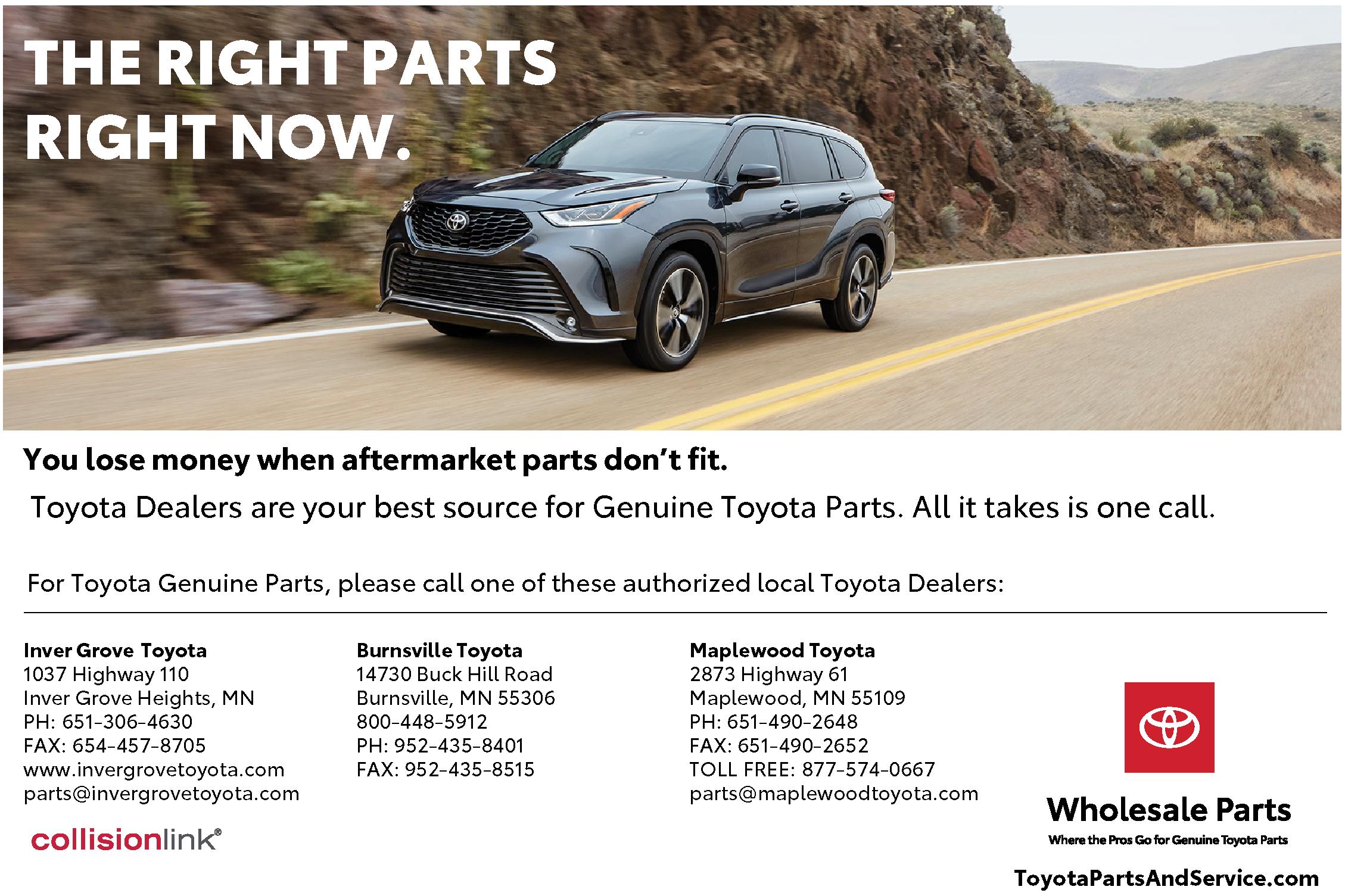
Competitiors
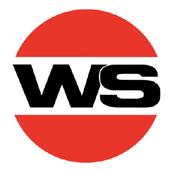
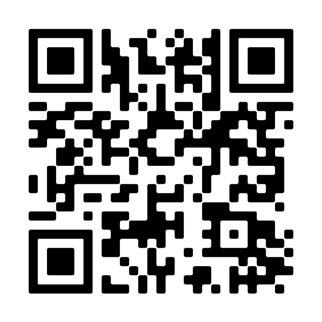
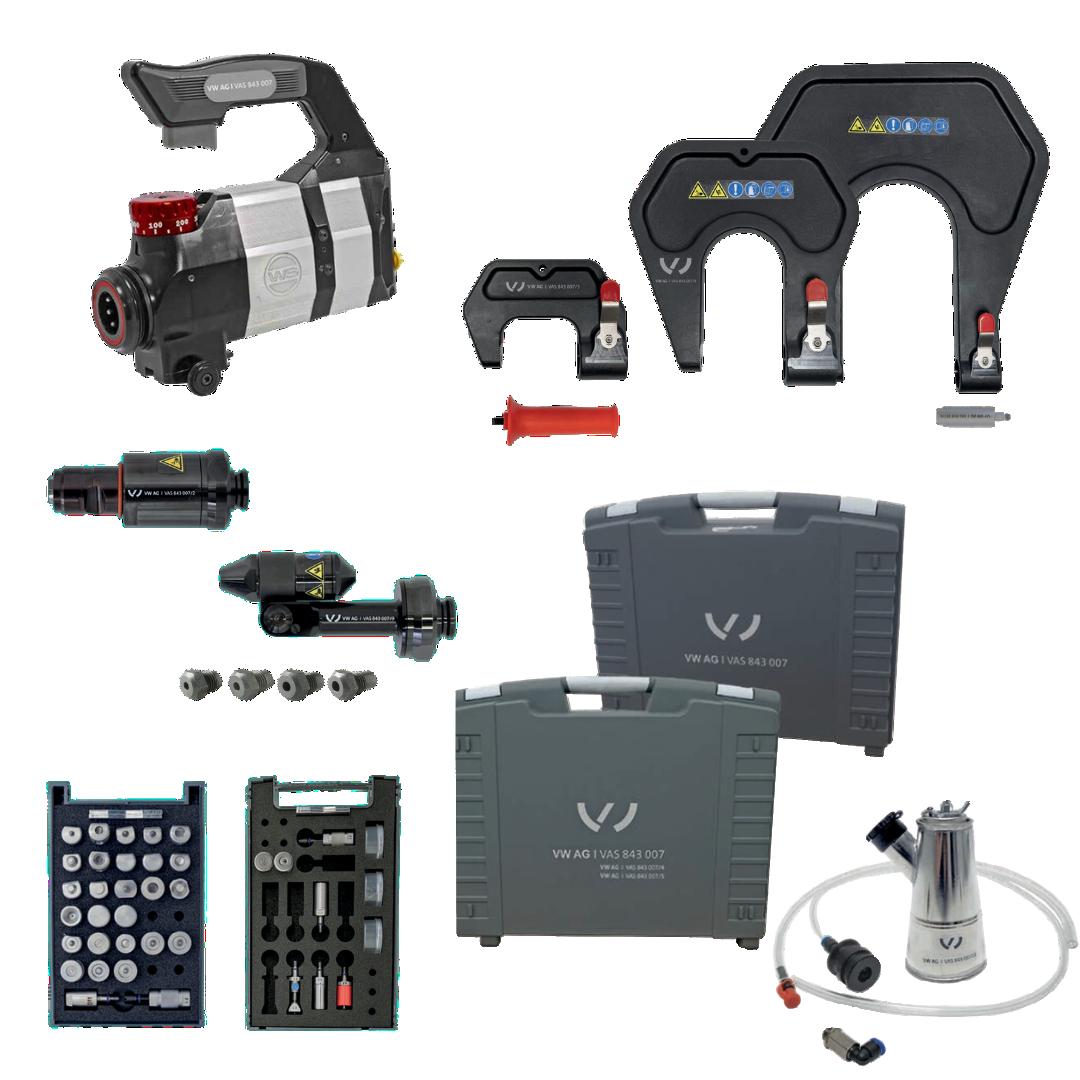
High Quality OEM-Approved Equipment
Expert Training & Certification Support
Full-Service Support
Trusted Industry Advisors
Fast Turnaround
Future-Focused
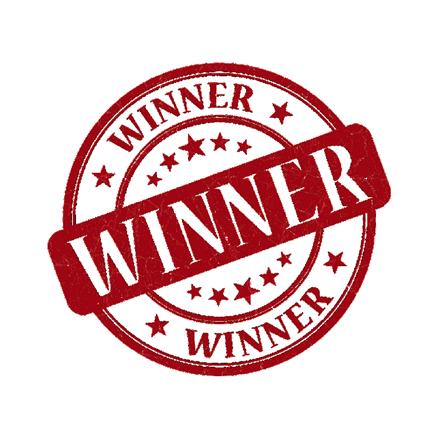
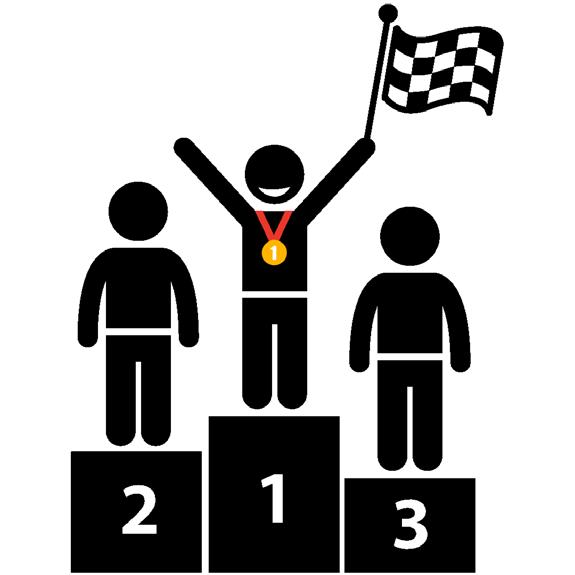

With all the conversations that take place in this industry, it can surely feel like billboards are out there flashing “complete and proper repair” just about everywhere you turn. But, realistically, is it something that shops can fully promise or deliver?
Perhaps, there should be signs flashing caution to the many cars that roll off lots when those promises are not met.
Here’s the situation: Shops have more access to information on OEM repair procedures than ever before and with that comes increasing pressure to find and follow all procedures for each new job that comes into the shop. The days of only having to look up procedures when you can’t figure something out on your own are basically over. One of the major motivating fears that shops have pushing them to research procedures is a vehicle they worked on ending up in a deadly accident, and those fatalities being blamed on the shop. Yet, shops face the hard challenge of negotiating with customers and payers for complete repairs that are, unfortunately, frequently denied or put off.
Therefore, shops may not be performing all tasks related to a complete repair or recommended maintenance for numerous reasons, both accidental and intentional, including: failure to diagnose all necessary repairs, customers choosing to put off repairs, payment
limitations or issues (i.e. arguing with an insurer or a customer who does not want to pay for certain things), to name a few.
AASPMN News has previously explored the various factors that inadvertently give shops no choice but to perform a complete repair (see “Is a Partial Repair Ever ‘Good Enough?’” Parts 1 and 2” grecopublishing. com/aasp0824coverstory and grecopublishing.com/ aasp0924coverstory). This month, we reached out to attorney Chris Yetka of Larkin Hoffman to take the conversation further by diving into the legalities behind the unsettling practice of partial repair.
AASPMN News: What are the main liabilities when a shop does not make repairs that they have identified as needed at that time, or in the near future?
Chris Yetka: If the needed repair affects the safety of the vehicle and the vehicle causes an accident, it could expose the shop to a lawsuit. If the shop informs the car owner of the issue, and the owner refuses to do the repair and takes the car, it is the vehicle owner who is likely more liable for any damage or injury, but that does not insulate the shop from a suit. The shop can ask for a waiver of liability (which, again, potentially protects them from damages, but not from being sued), or in extreme
cases where the vehicle poses an immediate threat of harm, or they could tell the customer that they will release the vehicle, but will be informing authorities of the shop’s belief that the vehicle is unsafe.
AASPMN: Is there a way the shop can fully put the liability onto the customer or payer who has knowingly denied the needed repairs the shop identified?
CY: A liability waiver is always an option, but it does not completely eliminate risk. The individual providing the waiver may not have sufficient insurance or assets to make good on the waiver, and even a waiver does not limit the ability of an injured party to drag in the shop. A waiver is better than nothing, but again, if the shop truly believes that releasing the vehicle poses an immediate risk, the best approach is to alert authorities of their concern. In any case, whether a waiver is obtained or not, the shop should identify the issue and inform the customer of the issue and potential dangers.
AASPMN: Some shops may think that if they pretend that they didn’t know there was a problem, or even try to claim there was not a problem when they had the vehicle, they are removing themselves from the issue, but willful blindness is something that they can be liable for just the same. Does the liability change depending on if they do, or do not, disclose the issues to the customer? What best business practices could shops put in place to protect themselves when customers turn down repairs?
CY: Taking a blind-eye approach increases the risk to the shop. In that instance, the injured party will look to the shop for all liability because the automobile owner can plausibly deny they knew there was a problem. Again, if the shop knows of issues, they should be clearly described, and if there is substantial risk, a waiver should be obtained. In those exceptional cases where the threat of injury and damage is clear, it may be the best approach to notify the authorities if the vehicle is not towed away.
AASPMN: Customers do sometimes have issues with their vehicles following a repair that may or may not be related to the repair. This is particularly true with calibration issues. Is there a statute of limitations or other legal mechanisms to protect a shop if a customer comes back months or years later with a complaint, or worse, based on repairs that were not done or were incomplete? Are there best practices regarding what to include in repair agreements to help address this?
continued on pg. 16
by Alana Quartuccio
Partial repairs are a touchy subject. Ideally, full repairs are done every time a vehicle is worked on. AASPMN’s goal is to provide clarity for those navigating what to do next when a customer or payer has turned down needed repairs. Since Minnesota does not have inspections on all vehicles, there is not a clear minimum standard to determine if a vehicle is roadworthy, thus shops wind up having to make a judgement call. Shops can simply refuse to work on a vehicle when they know the customer is only going to approve partial repairs, but it often isn’t that simple.
There are several laws that shops can look to when trying to understand what the state deems roadworthy. Most of these laws hold the vehicle owner accountable for violations, but that doesn’t stop the vehicle owner suing a shop to deflect responsibility. The best resource for what repairs may be needed continues to be the OEM procedures.
The following Minnesota statutes related to vehicle safety can be found at: revisor.mn.gov/statutes/
• 169.47 - Unsafe Equipment– Consumers are liable for the safety of their vehicles while being driven by themselves or others.
• 169.46 through 169.75 - Motor Vehicle Safety Standards–Mostly related to vehicles fit for sale, titling, or use, not on shop requirements.
• 325F.6641 - Disclosure of Vehicle Damage– Consumers are liable for the safety of their vehicles and must disclose damages to future owners. This mostly is referenced when a customer wants to repair a vehicle that is a total loss but does not have the insurance company take ownership and sell it back to the customer. When the insurance company takes ownership, then the title is stamped.
• 325E.0952 - Airbag Replacement– Vehicles seven years or newer, acts by collision repair shop.
Federally, there is one small bit of law regarding the aftermarket. It is mostly targeted at window tinting and other vehicle modifications that intentionally interfere with the safe operation of a vehicle. Other federal standards that regulate vehicles at point-of-sale could be referenced by an expert witness.
• 30122 of the US Code is available at bit.ly/UScode30122
Hopefully, more knowledge on this subject can help shops make empowered decisions on how to navigate hard situations. AASPMN has a sample waiver for shops to use and modify as needed. Larkin Hoffman can work directly with shops on creating a waiver that meets their specific needs.
CY: The best practice is to describe any and all issues that are noticed at the time of the repair, and also to specifically identify what work was done and what work was not done. Ultimately, the customer will have to prove that the work done, or not done, by the shop was the cause of the future issues, and that the shop was responsible for them. The statute of limitations for breach of contract is six years, but different, shorter limitations periods could apply, depending on the nature of the claim.
AASPMN: When insurance companies or vehicle warranties are the payers, the conversation about what is covered versus what is needed for a full repair can be contentious. If these companies were to claim a given repair step is not needed and the shop agrees to skip that step, does the full liability still fall to the shop if something goes wrong?
CY: An insurance company stating that a repair is not needed provides some level of protection to the shop. However, if it is clear that a dangerous aspect of the repair is being left undone, it would be best to again ask for a waiver, have the customer sign an acknowledgement, and in serious cases where the danger is manifest, inform the authorities.

AASPMN: Minnesota does not require vehicle inspections, which means there is not a clear list of minimum required standards for determining when a vehicle is or is not safe to drive on Minnesota roads. Minnesota also does not have any sort of shop licensing related to work being performed on a vehicle and very limited laws regarding repair requirements of the shop. Does this mean it is a judgement call by the shop regarding when to tell a customer a vehicle is unsafe to drive? How does the absence of clear guidelines impact liability for a shop? How about when the issue is not safety, but is related to the performance and longevity of the vehicle?
CY: It is a judgment call for the shop. In any litigation, it will come down to expert testimony on what the standard is. I would look at this from a common sense approach. Things like brakes and fuel systems are pretty clearly dangerous, and should be flagged and treated with appropriate seriousness. Other items may not be as cut and dry. If safety is not an issue, and only performance or longevity, the potential liability is significantly reduced. Again, the best approach is to inform the customer of the risks of not performing service, and get them to sign that acknowledgement, or at least have them sign off on the fact that a recommendation was made.
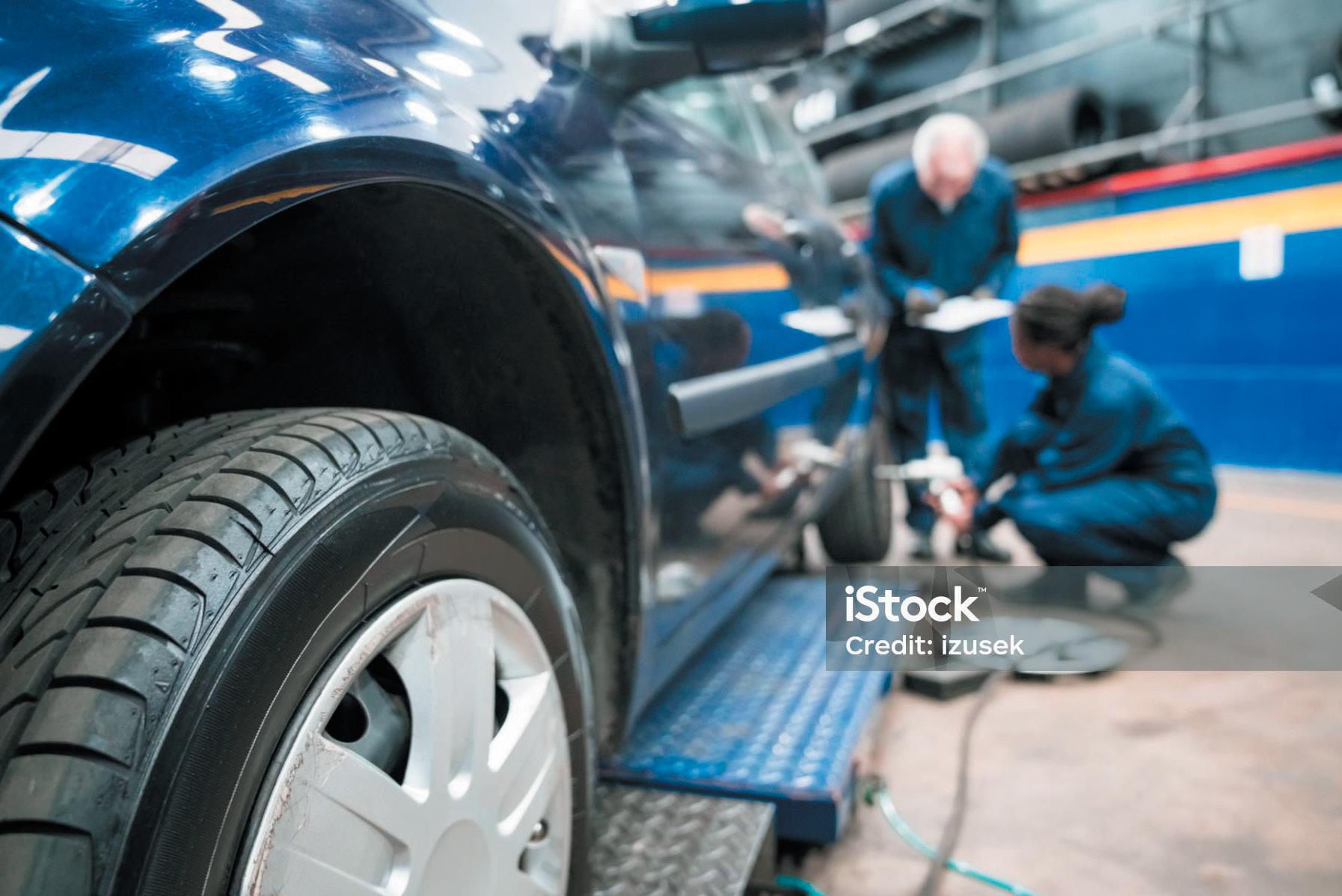

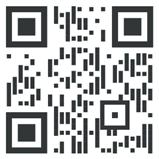


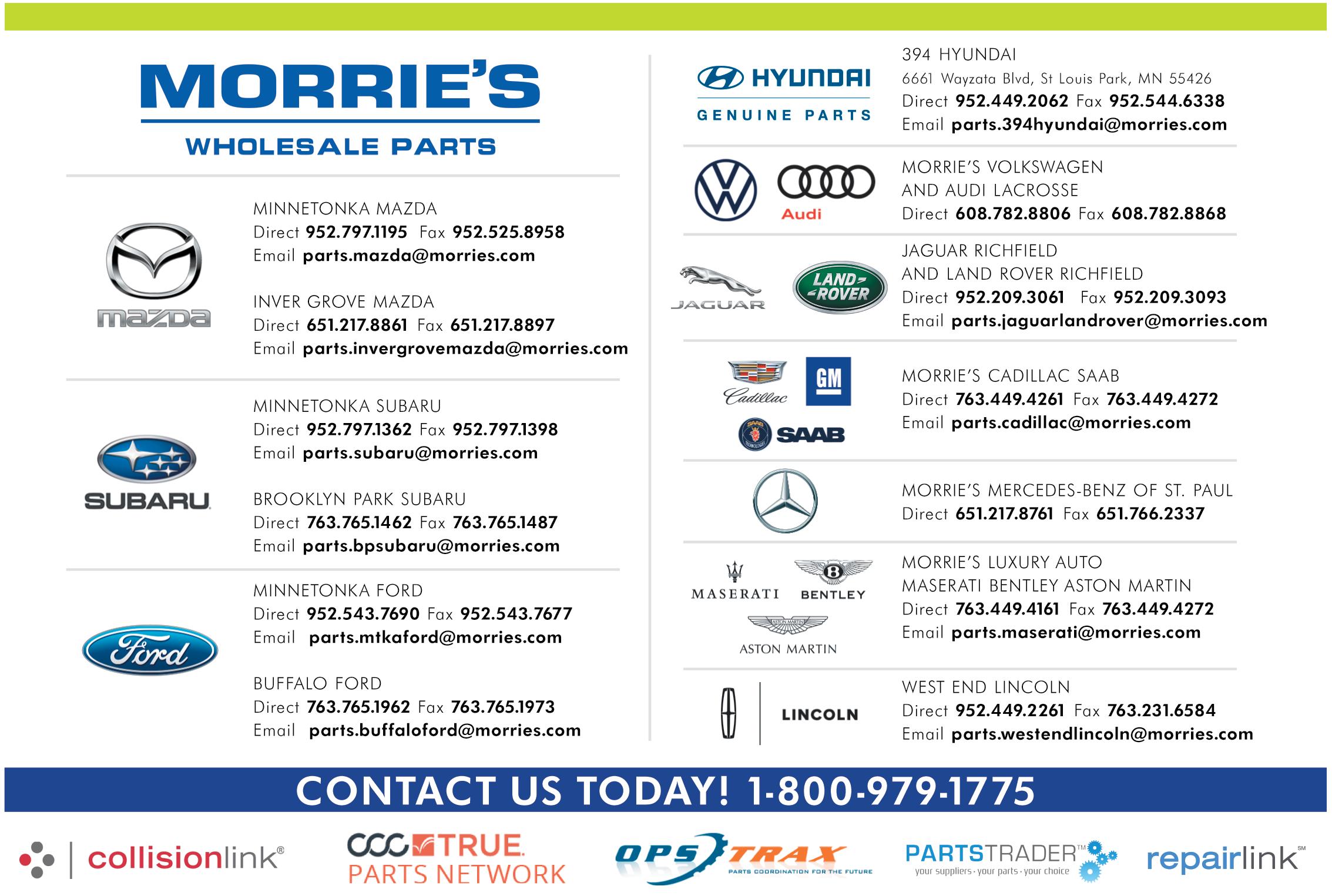
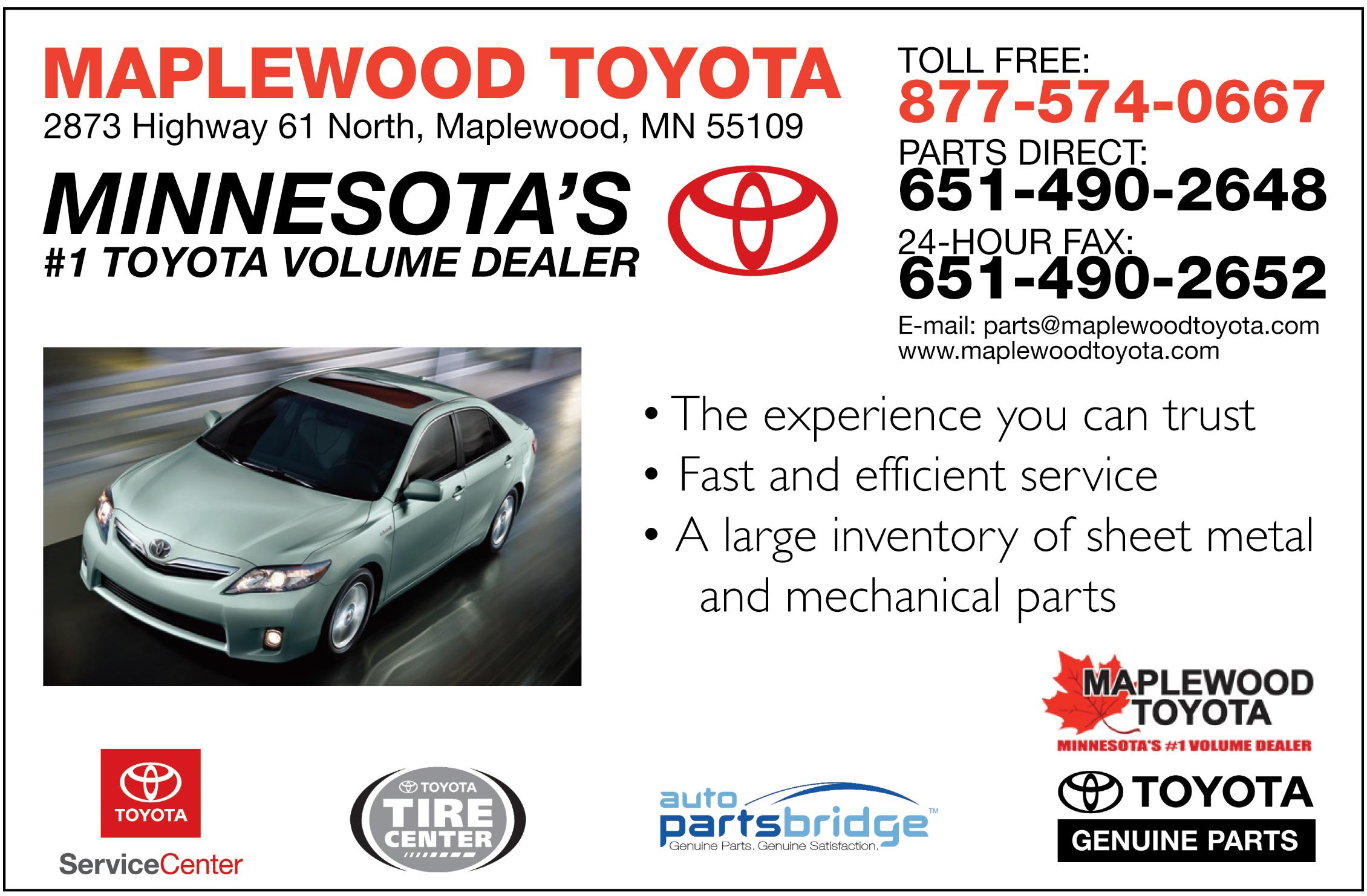
by Janet Keyes, CIH
When you walk through your shop, how many times do you need to step over a hose, a cord or a car part? How often do you need to step around a hole? Walk carefully because of an oil spill or water?
If you navigate those successfully, you probably don’t think much about the hazards. But slips, trips and falls account for quite a few workplace strain/sprain injuries, some broken bones, lots of bruises – and even fatalities. And they can often be prevented by taking relatively simple measures.
What’s the difference between a slip, a trip and a fall? A slip is a loss of balance caused by too little friction between your feet and the surface you walk on. It’s friction that keeps your feet from sliding around. Put on a pair of ice skates and glide on the ice – it’s the low coefficient of friction that lets you smoothly cross the ice.
Switch to broomball shoes with a thick and knobby rubber layer on the bottom, and you’ll stick to the ice instead. Those have a high coefficient of friction.
You trip when your foot hits an object while momentum is carrying your body forward, causing a loss of balance. The object could be uneven pavement, a hole, a hose left across the floor or a change in the floor level.
When we think of falls, we usually think of falling off of something, such as falling off a roof or a ladder. But falls can occur on the same level. Any time you move too far off of your center of gravity, you’ll fall. If you stick your arms out to break your fall, you might well break your arms. Land on your head on a concrete floor, and you could have a permanent brain injury.
How do you prevent these
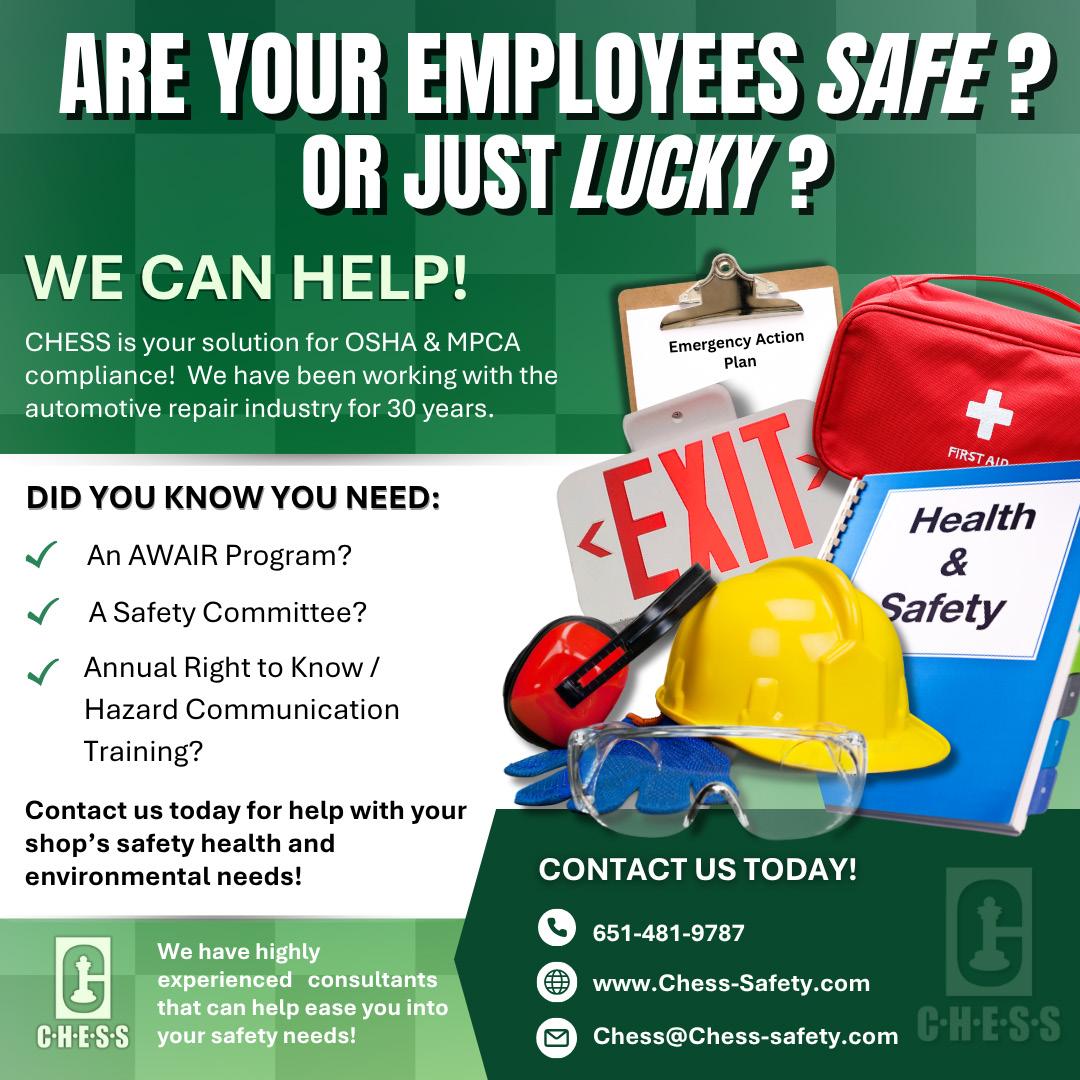
accidents?
Keep your workplace cleaned up. This can be a challenge, given the abundance of air hoses, extension cords and car parts in every shop. But we’ve been in shops that are rigorous about putting stuff away –and that means people work more efficiently. They don’t have to step over things. They don’t have to hunt for the extension cord or the tool buried under a bumper. And they’re less likely to trip and fall.
Some workers seem born to be messy. But they can learn. Give them designated spots for common items. Remind them to straighten up. It might take daily reminders for weeks, as bad habits seem much easier to learn than good ones. If you persist, you may find their productivity increases as they get used to being neat.
Install overhead cord reels. Put in more outlets, to minimize extension cord use. Encourage the use of battery-powered tools to eliminate many of those cords and hoses.
Eliminate slippery surfaces whenever you can. That means clearing ice and snow in your parking lot. It also means cleaning up oil or other spills right away. Better yet, prevent the spills. Should you put drip pans underneath chemical dispensers? Do leaky valves need repair? Do you need bigger funnels? It isn’t just liquids that can make floors slippery. Powders such as those from sanding can be even greater slip hazards than liquids. Investing in a vacuum system to control dust could make it much easier to keep your floors (and the rest of your shop) clean.
Check the condition of your floors. Do you have spalled concrete? Cracks in the floor? Broken floor grates? Drop-offs? OSHA considers any opening in a floor that’s at least two-inches wide to be a tripping hazard. Cover those permanently, if possible. The cost of keeping your floors in good condition will be quickly offset by the money you
don’t need to spend because of an injury.
Look at how you’re maintaining your floors. Are they being cleaned correctly? Soapy residue could make your floors more slippery. Ineffective cleaners won’t remove oil spills. Infrequent cleaning can make it harder to clean effectively.
Does your floor have changes in levels, such as raised areas, perhaps where an addition was put on? Those can be tripping hazards. Ideally, smooth out the floor. If you can’t do that, make the change easy to see. Paint it or tape it with a bright contrasting color. Ensure the area has enough lighting to make it easy for people to see the change.
We’re sure you’re not keen on being shoe police. Take a look, though, at what footwear employees wear. That applies to technicians
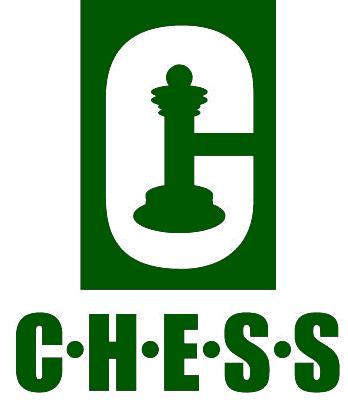
and office personnel. While sandals, high heels or slippery soles might be perfectly okay for someone who sits at a desk all day, that footwear is not appropriate for anyone who walks into the shop areas, even if it is just to deliver a message.
People are designed to be upright. When they suddenly and unexpectedly go down, the consequences can be severe. You can take steps to prevent slips, trips and falls: tidy your shop; eliminate the tripping hazards; control slippery surfaces. It takes an ongoing effort, an effort that will pay off with reduced injuries and with more efficient workers.
For more information, contact Carol Keyes at 651- 481-9787 or carkey@chess-safety.com

Poor housekeeping generally, and the cardboard will be slippery and is uneven (and increased fire hazard from combustible material on the floor of an area where flammables are dispensed, but that isn’t immediately obvious, perhaps).






HELPING TO IMPROVE COLLISION REPAIR ESTIMATE INFO THROUGH REPAIRER FEEDBACK
If you’re performing automotive repairs of ANY kind, you need to utilize the DEG! Check out some recent Database Inquiries - and their resolutions - below!
CCC – R1234yf Labor Update:
MOTOR has made updates to vehicle chapters utilizing R1234yf refrigerant. Labor time to evacuate and recharge has been updated to 1.7 from 1.4 hrs.
At this time, no additional information is available in the GTE. Historically MOTOR makes GTE updates in Q4. Current information in GTE is applicable for refrigerant recovery & evacuate and recharge ac systems.
DEG will continue to monitor any changes and provide industry updates.
Mitchell – AC Refrigerant Capacities:
Mitchell Cloud Estimating users can locate AC refrigerant capacities located in the “Information” tab>> “AC Refrigerant Capacities.”
Mitchell – Part image labor notes: Mitchell users can reference additional labor notes in the part image screen for specific details relating to specific components in question.
For example, Mitchell may publish an O/H Steering column labor. Users should check the part screen labor notes to verify what is included or not included.
CCC ONE Web – Database Filtering and Search: CCC ONE Web users can quickly filter and search for part description and part numbers using the “THIS MODEL W/ OPTIONS” button.
Solera Qapter (Audatex) – Fog Light Aiming
Solera Qapter has updated section 4-2 Labor Exclusions 2025 Database Reference Manual.
Section 4-2 now adds “Manual or electronic aiming of foglamps” as NOT INCLUDED.
opposed to the specific issues. To ensure passage of the omnibus bills, two proposals were brought forward independently: a bill relating to data centers and a bill that eliminated health care coverage for undocumented adults.
While the one-day special session in June did establish the two-year budget, lawmakers have warned that additional work on the state budget could be required if significant federal cuts are enacted by Congress this summer. States receive a large amount of federal funding for Medicare programs, and if the cuts being considered in this area are passed by Congress this summer, state lawmakers are likely to need an additional special session this fall to respond.

At LKQ, the “R” in P.A.R.T. stands for Recycled OEM parts. LKQ first began 25 years ago through the acquisition of several auto salvage yards, and through the years, LKQ has grown to become the largest recycler of vehicles in the industry. LKQ now operates more than 125 auto recycling yards across North America. Through its stateof-the-art processes, LKQ recycles or re-sells more than 90% of the materials from end-of-life vehicles that would otherwise end up in landfills.
Us : 866-LKQ-CORP Visit Us Online : www.LKQCorp.com Drivetrain, Suspension, Body, Cooling/HVAC, Electrical, Emissions, Exhaust, Audio, Fuel Delivery, Interior, Power Steering, Restraint System Parts and More…LKQ has it!
What makes an elite collision repair facility? Expert technicians, impeccable attention to detail, unwavering adherence to OEM repair procedures and top-notch customer service. Just as important is the facility’s investment in cutting-edge, quality equipment. Wieländer+Schill’s full range of welders available through Reliable Automotive Equipment (RAE) helps leverage a shop’s investment into efficient, accurate repairs, elevating the overall customer experience while ensuring the vehicle is restored as close to pre-accident condition as possible.
W+S welders help repairers performing a wide variety of welding repairs with simple, self-explanatory, intuitive operation and the highest safety standards. The InvertaPuls IP7-2 offers 2-button handling, dual 3G torches, ergonomic torch removal and narrow housing construction for ease of use in any size shop performing steel and aluminum welding, while the InvertaPuls IP6-2 uses Automatic Cold Transfer technology for a userfriendly MIG brazing experience. Just select your material thickness!
The InvertaPuls IP4-3 is your go-to for steel, brazing and aluminum welding with automatic torch recognition, parameter retention and a 4-roller wire feed for seamless results. With 90
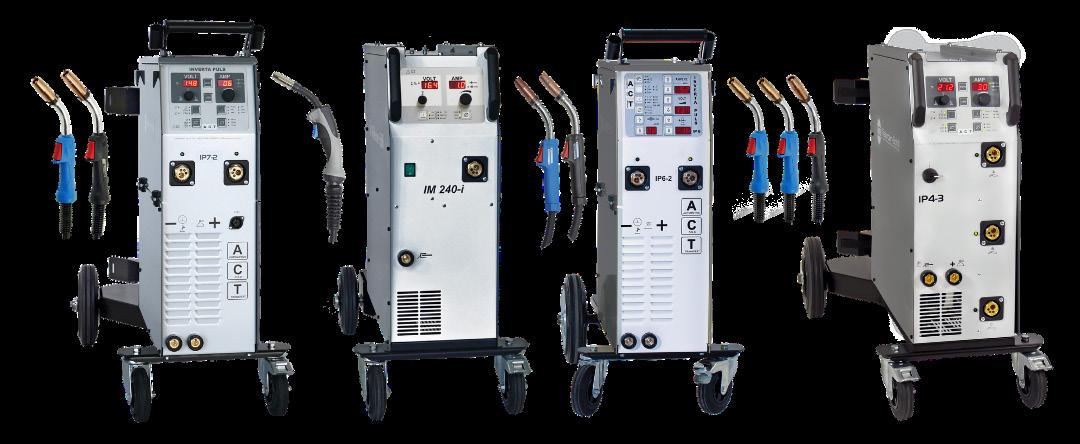
memory spots and 240A current, pulse and double-pulse welding procedures can be performed effortlessly. And shops looking for inverter technology need look no further than the MIG/ MAG IM240-I, a powerhouse featuring a 4-roller drive with trim adjustment and D300 wire spool compatibility for ensured precision. Dynamic pulse adjustment guarantees impeccable results on thin sheet metal as thin as 0.6mm.
For more information on the full line of Wieländer+Schill welders and all available equipment, service, training and support through Reliable Automotive Equipment, visit raeservice.com.
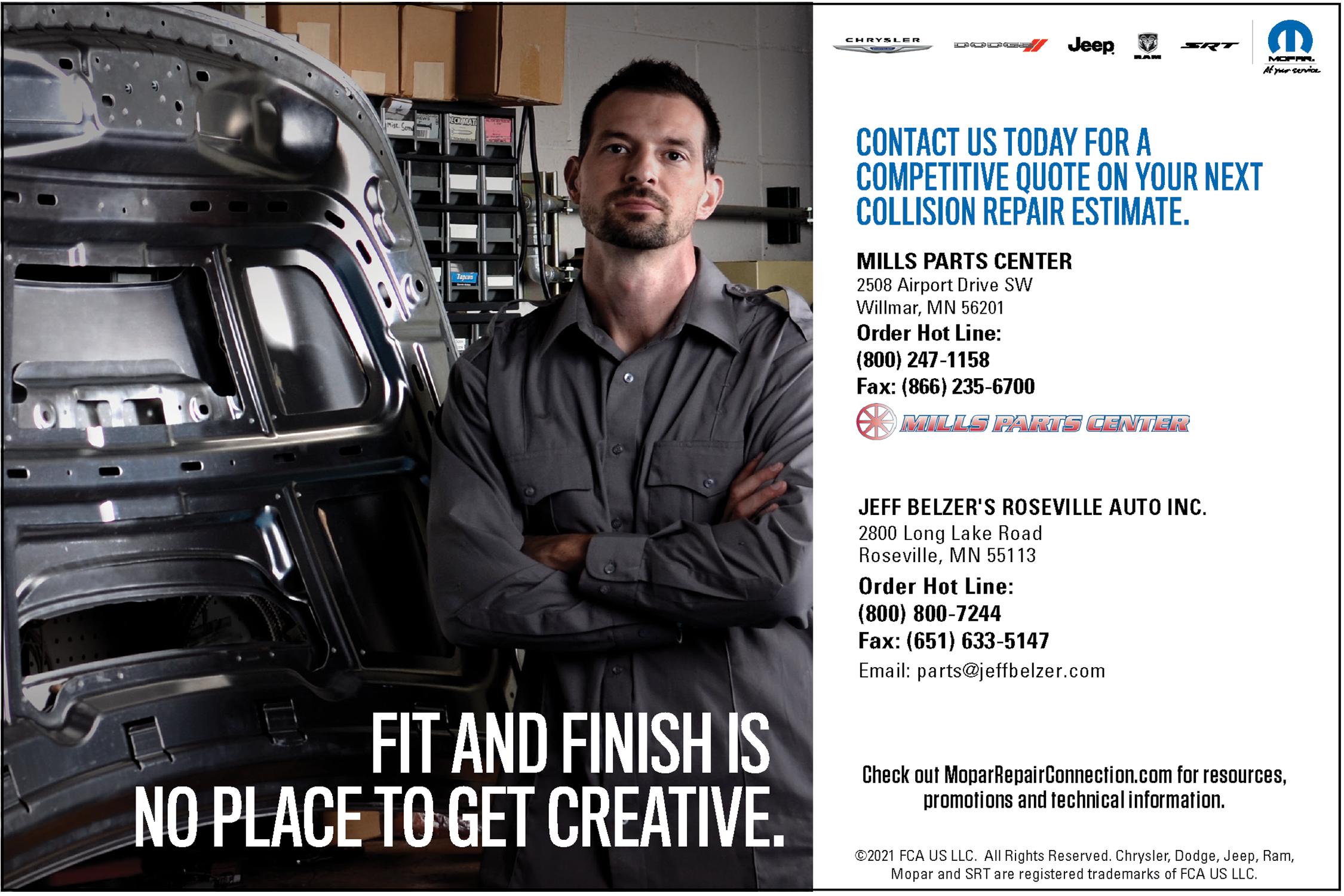
AASPMN members are encouraged to take advantage of the savings and services available through our two newest preferred providers, Gallagher and Langer Construction! For more information on all available programs, see facing page.
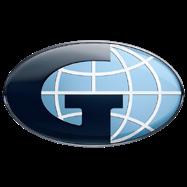
Gallagher is one of the world’s largest insurance brokerage, risk management, and consulting firms. Founded in 1927, Gallagher is a one stop shop for all insurance needs. From garage liability and workers’ compensation to health and dental coverage, Gallagher will develop an insurance program that delivers better product and pricing for AASPMN members.
For more information or a quote, contact: William Knopick 612-412-30413 william_knopick@ajg.com
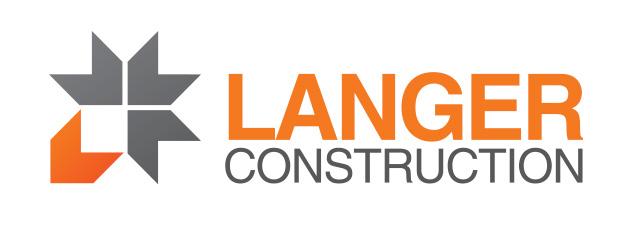
Langer Construction has been providing quality commercial design and construction services for 80 years. Langer Construction is committed to meeting client needs and has decades of experience in the automotive industry. AASPMN members receive free consultation with general project concepting and guidance to help members with both small- and largescale construction projects and maintenance.
For more information, contact: Joshua Schultz 651-457-5993 josh@langerconstructionco.onmicrosoft.com

Gallagher Contact: William Knopick
612-412-30413 / william_knopick@ajg.com
Gallagher is your one stop shop for all types of insurance. From garage liability and workers’ compensation to health and dental, Gallagher will develop an insurance program that delivers better product and pricing for AASPMN members.
CARS Cooperative
Contact: Stephenie Sheppard 405-547-4077
membersupport@cars.coop
Members receive discounts on a variety of products and services they use every day! From discounts on paint and rental cars to office supplies and phone services. Over 50 programs available!
Colonial Life
Contact: Deb Ferrao
612-600-4135 / deb.ferrao@coloniallifesales.com or Tracy Bailey
612-801-0139 / tracy.coloniallife@gmail.com
Dedicated representatives can help members transform their benefit package with competitive rates, value added services at no cost and complimentary legal document preparation service. Colonial Life has the tools and flexibility to create a plan to fit everyone’s needs.
Vestis
Contact: Ryan Vick
612-269-2303 /ryan.vick@vestis.com
Discounted pricing to members on rental of uniforms, entrance mats, shop rags, etc. Purchases are also discounted. Members receive annual rebate equal to 10% of their business with Vestis each year.
Larkin Hoffman
Contact: Sam Richie srichie@larkinhoffman.com
Members receive free, over-the-phone legal assessment and consultation (some restrictions apply) with an attorney who specializes in the area of law that is the subject of the call.
Optimize Digital Marketing
Contact: Max Gamm
651-217-8152 / mgamm@whyoptimize.com
All-in-one Digital Marketing Solutions: Expert social media, digital advertising, website and software solutions that keep you present online so you can be present offline!
Association BankCard Services
Contact: Carley Chivers 715-254-9600 / carleyc@midwesthardware.com
Competitive rates for AASPMN members. Terminals and printers sold at cost.
Mitchell 1
Contact: Mitchell 1 Representative 888-724-6742 ext. 6669
Mitchell 1 offers AASP members a $10 per month discount on any eligible Mitchell 1 subscription.
Mitchell International
Contact: Mitchell International Representative 800-238-9111
AASP members receive $350 off Mitchell's MD-500 all-in-one solution for scanning, calibration, estimating, and blueprinting.
TECHNICAL INFORMATION
IDENTIFIX
800-745-9649
Members enjoy a 20% annual savings on Direct-Hit and Direct-Help subscriptions, the industry's most reliable source for experience-based repair information.
Complete, Health, Environmental & Safety Services (C.H.E.S.S.)
Contact: Carol Keyes 651-481-9787 / carkey@chess-safety.com
AASPMN members receive a 20% discount on Safety Data Sheet Management (SDSLinks), Right to Know(RTK)/Hazard Communication program customized for your facility and monthly safety reminders, and other safety, OSHA or environmental assistance.
Certegy Check Services
877-520-2987
Discount rate of .75% to AASPMN members. Use existing credit card terminal. Fast claim payments.
Assessment Associates International
Contact: Nate Page 952-854-6551 / nate@aai-assessment.com
Designed to help facilitate and enhance hiring decisions. AASPMN members receive 50% off retail price, starting as low as $15 per assessment.
Automotive Seminars
Contact: Tim Houghtaling 920-866-9813 / tim@automotiveseminars.com
Discounted pricing to AASPMN members on all live-online events, as well as ondemand training videos. Automotive Seminars specializes in diagnostic training that provides automotive technicians with knowledge, testing techniques and data interpretation skills needed to diagnose today’s vehicles. The live-online events and on-demand training videos focus on automotive electronics and engine management systems and are written and created by some of the industry’s leading diagnostic technicians.
540-833-2014 / info@180biz.com
Members receive a 25% discount on Rick White's Pocket Business Genius subscription, offering independent auto shop owners fast access to actionable business advice from a leading industry expert.
Langer Construction
Contact: Josh Schultz 651- 256-3312 / josh@langerconstructionco.onmicrosoft.com
AASPMN members receive free in-depth project consultation with general project concepting and guidance to help members with both small- and large-scale projects and maintenance.
